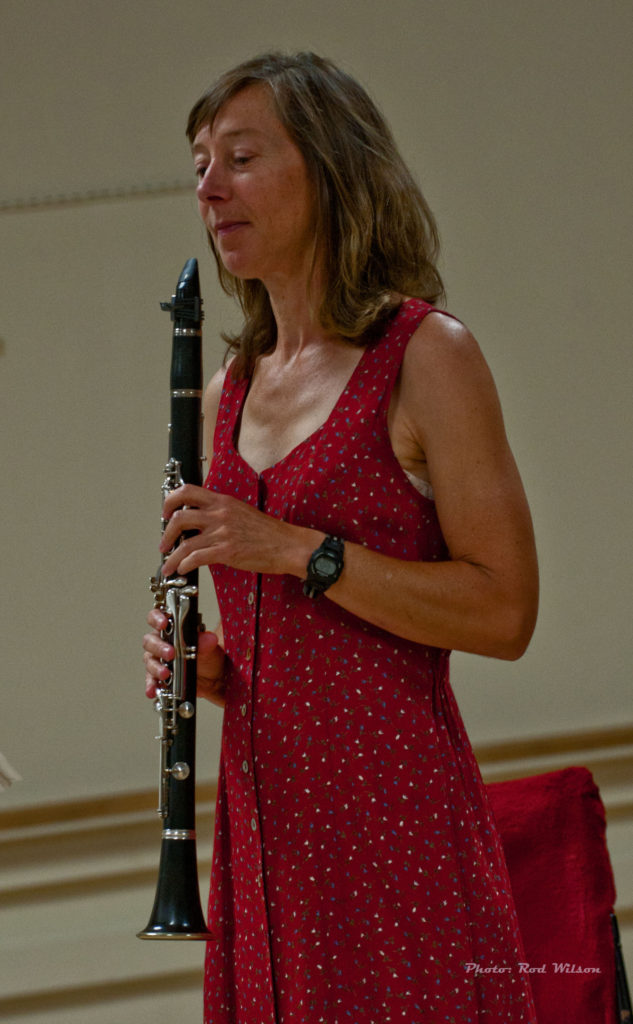
STAGE 64 WINTER JAZZ AND BLUES CONCERT SERIES : Melody Diachun and her Quartet. Saturday October 28, 2017, 8pm
Black Orpheus (Portuguese: Orfeu Negro) is a 1959 film made in Brazil by French director Marcel Camus and starring Marpessa Dawn and Breno Mello. It is based on the play Orfeu da Conceicao by Vinicius de Moraes, which is an adaptation of the Greek legend of Orpheus and Eurydice , set in the modern context of a favela in Rio de Janeiro during Carnaval. The film was an international co-production among companies in Brazil, France and Italy. The film is particularly noted for the musical soundtrack by two Brazilian composers: Antonio Carlos Jobim , whose song “A Felicidade” opens the film; and Luiz Bonfa, whose Manha de Carnaval and Samba de Orfeu have become bossa nova classics. ….. Wikipedia.
In the early 1960’s that Brazillian film made its mark on me and the world of cinema and music. On it’s release it won an Oscar for the best foreign film of the year and the sound track introduced the world to the wonders of Brazilian music. I remember the film well. After all, I saw it on the big screen about seven times in the first year of it’s release, and over the years I wore out a VHS copy and I still have a DVD version on my shelf at home. For Jazz players the music was a revelation. Here was a form of music that used jazz harmonic language and improvisational techniques along with new sophisticated melodies and rhythms. The words may have been in Portuguese but the musical language was challenging, sensual and, in some ways, the antithesis of the Hard Bop jazz style of the day. Brazilian classical guitarist Laurindo Almeida and Californian saxophonist Bud Shank had explored and recorded Bossa Nova as early as 1953 but it was the album Jazz Samba by the jazz tenor sax player Stan Getz and guitarist Charlie Byrd, along with the hit single Desafinado, that was the start of Bossa Nova as it is now generally understood. Stan Getz gained the benefit of Charlie Byrd’s 1961 serendipitous tour of Brazil. Byrd had fallen in love with the music while on tour there and when he returned to the USA he sought out Stan Getz, played him the discs he’d brought back from Brazil, and suggested they get together and record their own album in a Brazilian style. The rest is history. The Stan Getz and Charlie Byrd collaborations were monumentally successful and Jazz musicians adopted the style with a vengeance. They were the first of many musicians to do so and to this day Bossa Nova still continues to hold a grip on the imagination of jazz musicians. It may have been a craze at the time but it is one I knew would last.
On, the other hand, around that same time “The Fab Four” (aka The Beatles) launched their own musical craziness on the pop world. At the time I didn’t think the music would survive the teeny-bopper hysteria that almost drowned it out. Another case of music so loud you can’t actually hear it. I couldn’t see the hysteria or the music lasting. I guess I was wrong. The hysteria faded away and the music did survive the craziness and in this day and age their songs are standards that rate right up there with the tunes in the “The American Song Book”.
That brings us to the Melody Diachun concert on Saturday night at Stage 64 in Kimberley. Her premise for the evening was to bring together the music of the Bossa Nova era (mostly the songs of Antonio Carlos Jobim) and the music of the Beatles into  a night of pulsing rhythms, beautiful melodies and great lyrics delivered with artful arrangements and solo improvisations by a group of stellar musicians from the Nelson area. The drummer Steven Parish and bass player Mark Spielman anchored the band for
a night of pulsing rhythms, beautiful melodies and great lyrics delivered with artful arrangements and solo improvisations by a group of stellar musicians from the Nelson area. The drummer Steven Parish and bass player Mark Spielman anchored the band for  the rhythmic, melodic and harmonic adventures of Melody Diachun on vocals and shakers, Clinton Swanson on tenor sax and flute and Doug Stephenson on nylon and steel string guitars. Most of the Bossa Nova material was from the pen of Antonio Carlos Jobim and included Quiet Nights (Corcovada), If You Never Come to Me, The Girl from Ipanema, Samba do Aviao, One Note Samba, Dindi, and a nice mish/mash of Insensitive with the Beatles tune Yesterdays. Most of the songs were sung in English with the occasional foray into Portuguese. Although not exactly a Bossa Nova song, but never-the-less appropriate for the evening, the group performed Horace Silver’s jazz classic Song for my Father. Horace’s father came from the Cape Verde Islands that, coincidently, has a rich Portuguese based musical heritage similar to Brazil. Interspersed among Jobim’s songs there were the following Beatles songs Hard Days Night , Eleanor Rigby, Blackbird, Let It Be, All you need is Love and John Lennon’s Imagine. The only song that was really outside the box was Cole Porter’s Night and Day and that was still a good fit for the evening. Melody’s vocals were in top form and the soloists were a joy to hear. Doug Stephenson’s nylon string and steel guitar work was a revelation as, in previous Kimberley concerts, he had been masquerading as a bass player. Because he looks like he is having way too much fun to be legal I do worry about Doug. Clinton Swanson has performed in Kimberley a number of times and his full bodied tenor sax solos, as always, were spot on. Melody’s introductions to the songs were delightful and entertaining.
the rhythmic, melodic and harmonic adventures of Melody Diachun on vocals and shakers, Clinton Swanson on tenor sax and flute and Doug Stephenson on nylon and steel string guitars. Most of the Bossa Nova material was from the pen of Antonio Carlos Jobim and included Quiet Nights (Corcovada), If You Never Come to Me, The Girl from Ipanema, Samba do Aviao, One Note Samba, Dindi, and a nice mish/mash of Insensitive with the Beatles tune Yesterdays. Most of the songs were sung in English with the occasional foray into Portuguese. Although not exactly a Bossa Nova song, but never-the-less appropriate for the evening, the group performed Horace Silver’s jazz classic Song for my Father. Horace’s father came from the Cape Verde Islands that, coincidently, has a rich Portuguese based musical heritage similar to Brazil. Interspersed among Jobim’s songs there were the following Beatles songs Hard Days Night , Eleanor Rigby, Blackbird, Let It Be, All you need is Love and John Lennon’s Imagine. The only song that was really outside the box was Cole Porter’s Night and Day and that was still a good fit for the evening. Melody’s vocals were in top form and the soloists were a joy to hear. Doug Stephenson’s nylon string and steel guitar work was a revelation as, in previous Kimberley concerts, he had been masquerading as a bass player. Because he looks like he is having way too much fun to be legal I do worry about Doug. Clinton Swanson has performed in Kimberley a number of times and his full bodied tenor sax solos, as always, were spot on. Melody’s introductions to the songs were delightful and entertaining.
Here are some images from a magical evening of music.



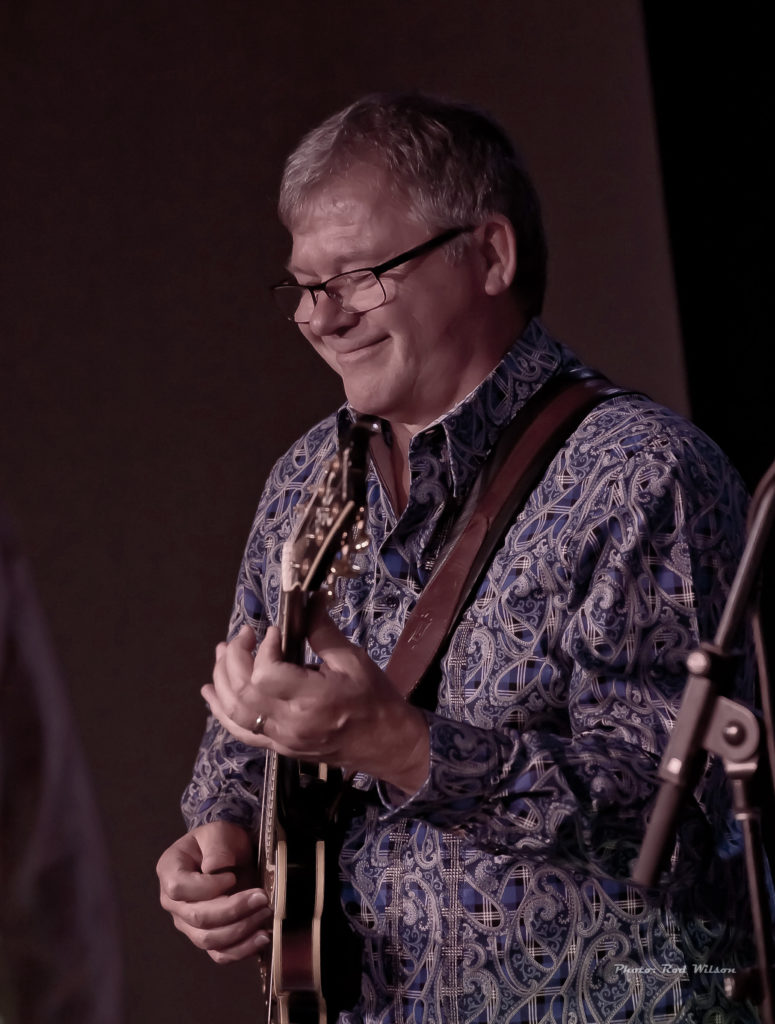

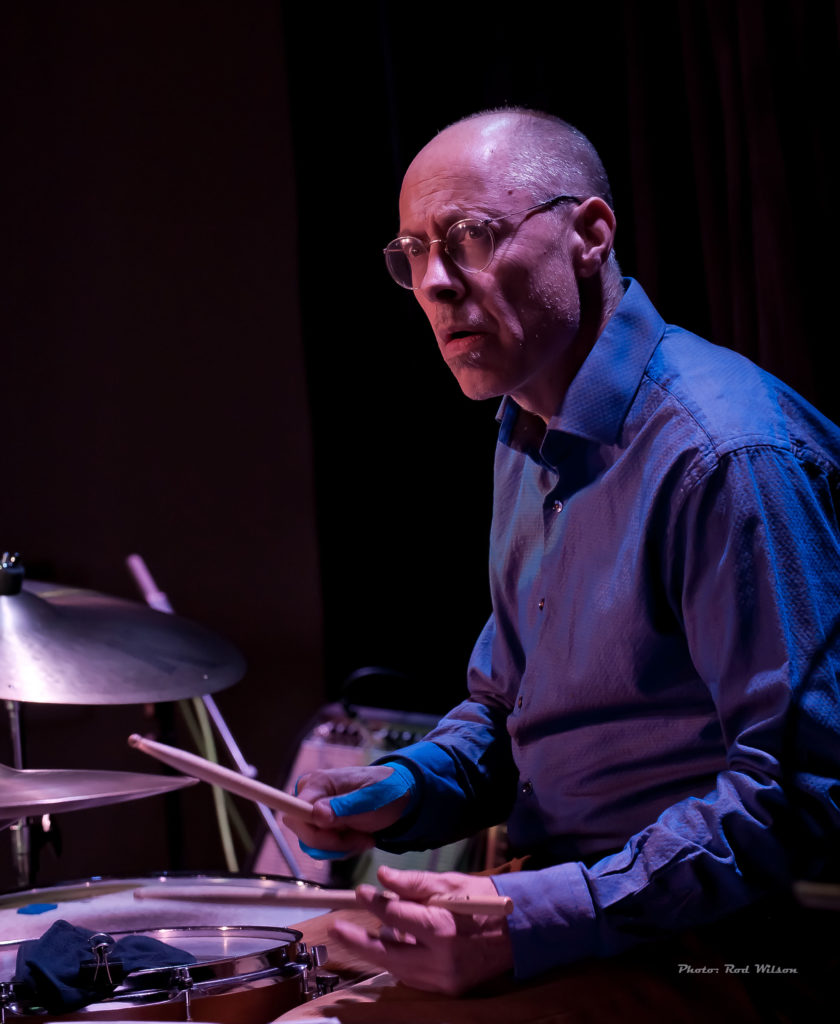




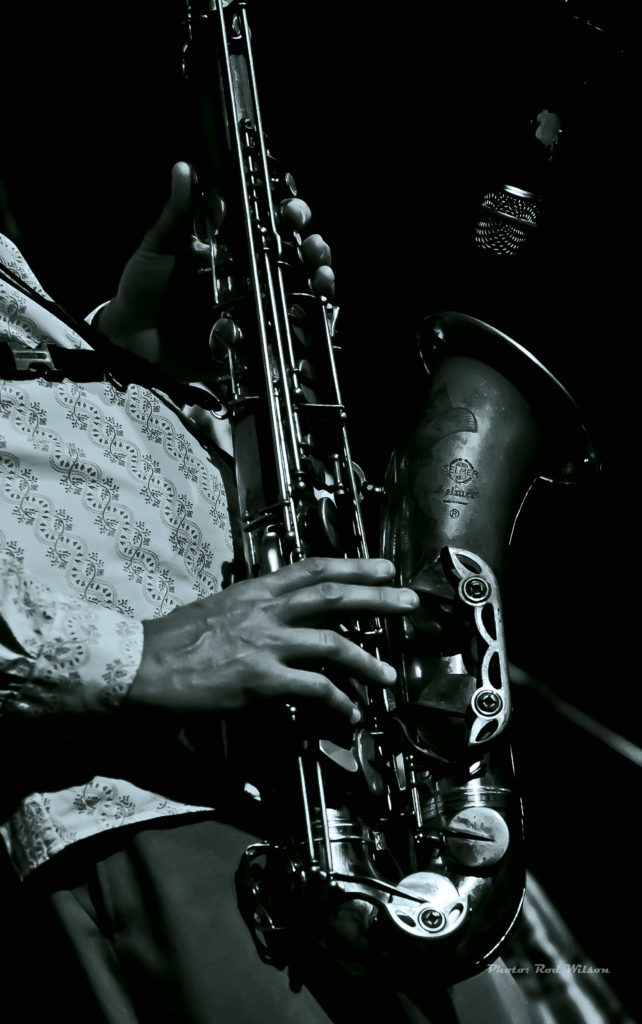

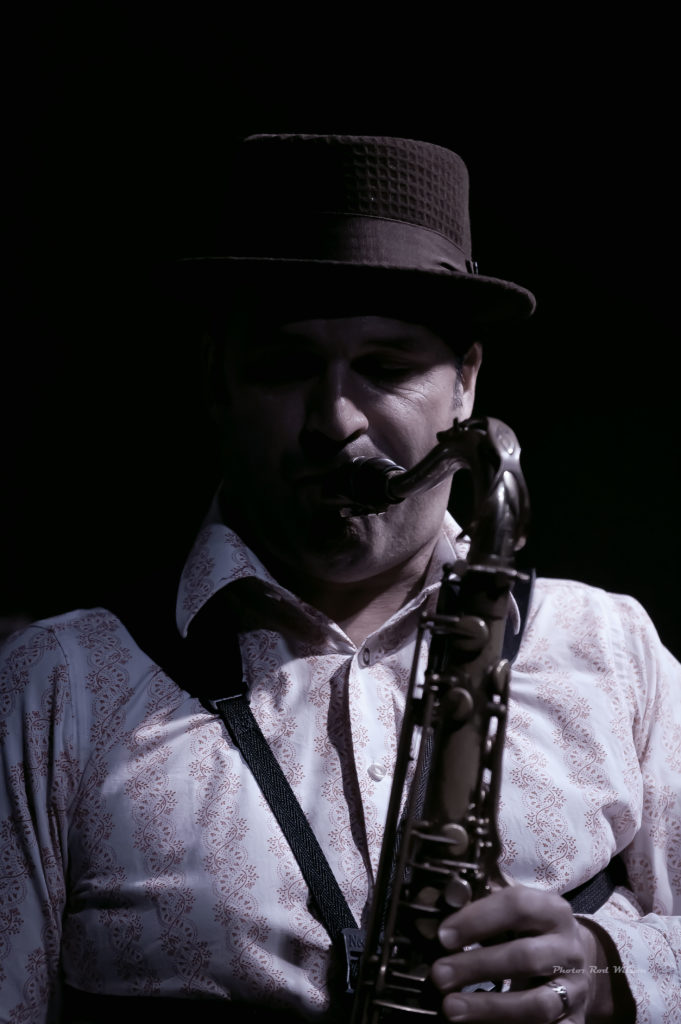

The band and the audience would like to thank Keith, the organizing committee, the volunteers, Ray on sound and lights, the Burrito Grill, A B&B at 228 and the Stem Winder for the support that made this concert series possible. On a final note a comment from my buddy Bill St. Amand summing up the evening …….
“IT DOESN’T GET MUCH BETTER THAN THIS”.
@@@@@@@@@@@@
 Just a few years back (1993 to 2013) GREAT BIG SEA was an almost unstoppable force in Canadian East Coast music. Over a twenty year period they dominated the
Just a few years back (1993 to 2013) GREAT BIG SEA was an almost unstoppable force in Canadian East Coast music. Over a twenty year period they dominated the  scene with their mix of Newfoundland traditional music and rock and roll sensibilities. A founding member, and key performer, in the group was Sean McCann. Sean is very up front about his motivation to perform. It was about “booze, sex and rock and roll”. But every thing has a price and by 2013 he knew, for his health and family situation, he needed to get off the “Party Bus”. He quit the band and relocated to Ottowa – “That’s where all our tax money goes, so why not.” On his retirement from the band he noted he had been on the road with Great Big Sea for 20 years….. He was 46 years old and it was time to make a change. Great Big Sea struggled on for a while but it was not the same . The band is now in happy retirement. The two
scene with their mix of Newfoundland traditional music and rock and roll sensibilities. A founding member, and key performer, in the group was Sean McCann. Sean is very up front about his motivation to perform. It was about “booze, sex and rock and roll”. But every thing has a price and by 2013 he knew, for his health and family situation, he needed to get off the “Party Bus”. He quit the band and relocated to Ottowa – “That’s where all our tax money goes, so why not.” On his retirement from the band he noted he had been on the road with Great Big Sea for 20 years….. He was 46 years old and it was time to make a change. Great Big Sea struggled on for a while but it was not the same . The band is now in happy retirement. The two  key performers, Alan Doyle and Sean McCann, while still tipping the hat to the “Great Big Sea Repertoire”, have gone onto solo careers.
key performers, Alan Doyle and Sean McCann, while still tipping the hat to the “Great Big Sea Repertoire”, have gone onto solo careers.


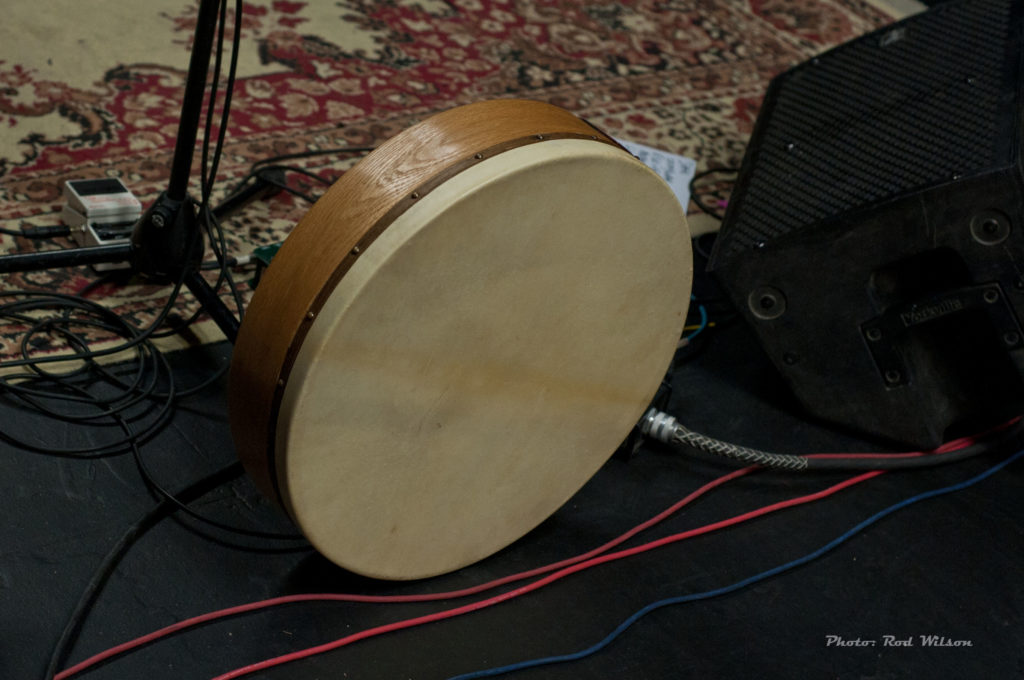 @@@@@@@@@@@@@@
@@@@@@@@@@@@@@

 a night of pulsing rhythms, beautiful melodies and great lyrics delivered with artful arrangements and solo improvisations by a group of stellar musicians from the Nelson area. The drummer Steven Parish and bass player Mark Spielman anchored the band for
a night of pulsing rhythms, beautiful melodies and great lyrics delivered with artful arrangements and solo improvisations by a group of stellar musicians from the Nelson area. The drummer Steven Parish and bass player Mark Spielman anchored the band for  the rhythmic, melodic and harmonic adventures of Melody Diachun on vocals and shakers, Clinton Swanson on tenor sax and flute and Doug Stephenson on nylon and steel string guitars. Most of the Bossa Nova material was from the pen of Antonio Carlos Jobim and included Quiet Nights (Corcovada), If You Never Come to Me, The Girl from Ipanema, Samba do Aviao, One Note Samba, Dindi, and a nice mish/mash of Insensitive with the Beatles tune Yesterdays. Most of the songs were sung in English with the occasional foray into Portuguese. Although not exactly a Bossa Nova song, but never-the-less appropriate for the evening, the group performed Horace Silver’s jazz classic Song for my Father. Horace’s father came from the Cape Verde Islands that, coincidently, has a rich Portuguese based musical heritage similar to Brazil. Interspersed among Jobim’s songs there were the following Beatles songs Hard Days Night , Eleanor Rigby, Blackbird, Let It Be, All you need is Love and John Lennon’s Imagine. The only song that was really outside the box was Cole Porter’s Night and Day and that was still a good fit for the evening. Melody’s vocals were in top form and the soloists were a joy to hear. Doug Stephenson’s nylon string and steel guitar work was a revelation as, in previous Kimberley concerts, he had been masquerading as a bass player. Because he looks like he is having way too much fun to be legal I do worry about Doug. Clinton Swanson has performed in Kimberley a number of times and his full bodied tenor sax solos, as always, were spot on. Melody’s introductions to the songs were delightful and entertaining.
the rhythmic, melodic and harmonic adventures of Melody Diachun on vocals and shakers, Clinton Swanson on tenor sax and flute and Doug Stephenson on nylon and steel string guitars. Most of the Bossa Nova material was from the pen of Antonio Carlos Jobim and included Quiet Nights (Corcovada), If You Never Come to Me, The Girl from Ipanema, Samba do Aviao, One Note Samba, Dindi, and a nice mish/mash of Insensitive with the Beatles tune Yesterdays. Most of the songs were sung in English with the occasional foray into Portuguese. Although not exactly a Bossa Nova song, but never-the-less appropriate for the evening, the group performed Horace Silver’s jazz classic Song for my Father. Horace’s father came from the Cape Verde Islands that, coincidently, has a rich Portuguese based musical heritage similar to Brazil. Interspersed among Jobim’s songs there were the following Beatles songs Hard Days Night , Eleanor Rigby, Blackbird, Let It Be, All you need is Love and John Lennon’s Imagine. The only song that was really outside the box was Cole Porter’s Night and Day and that was still a good fit for the evening. Melody’s vocals were in top form and the soloists were a joy to hear. Doug Stephenson’s nylon string and steel guitar work was a revelation as, in previous Kimberley concerts, he had been masquerading as a bass player. Because he looks like he is having way too much fun to be legal I do worry about Doug. Clinton Swanson has performed in Kimberley a number of times and his full bodied tenor sax solos, as always, were spot on. Melody’s introductions to the songs were delightful and entertaining.















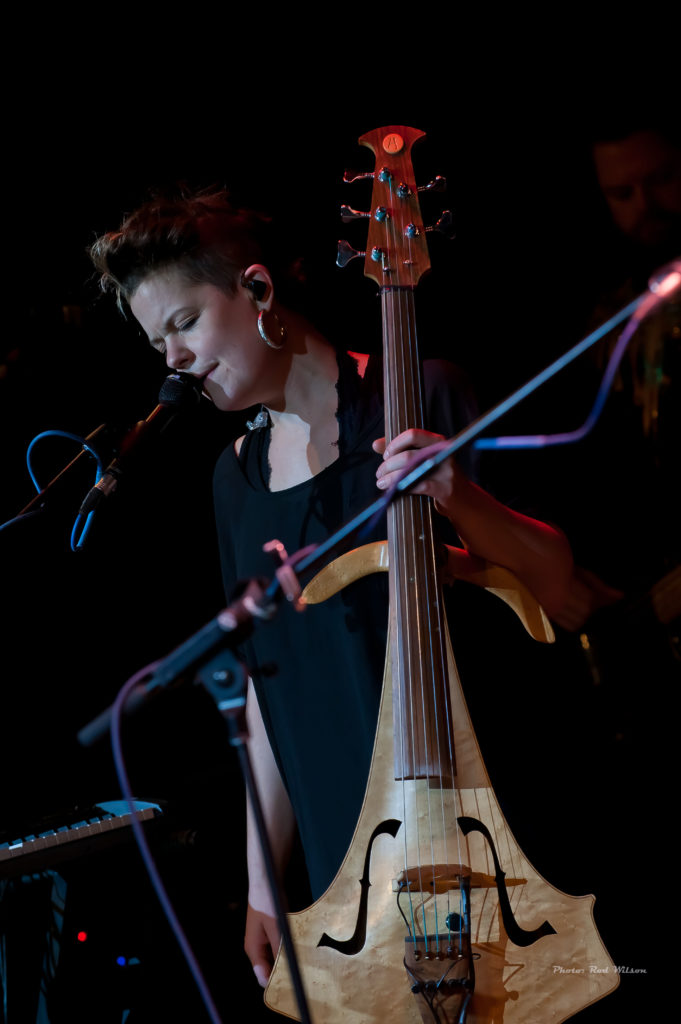





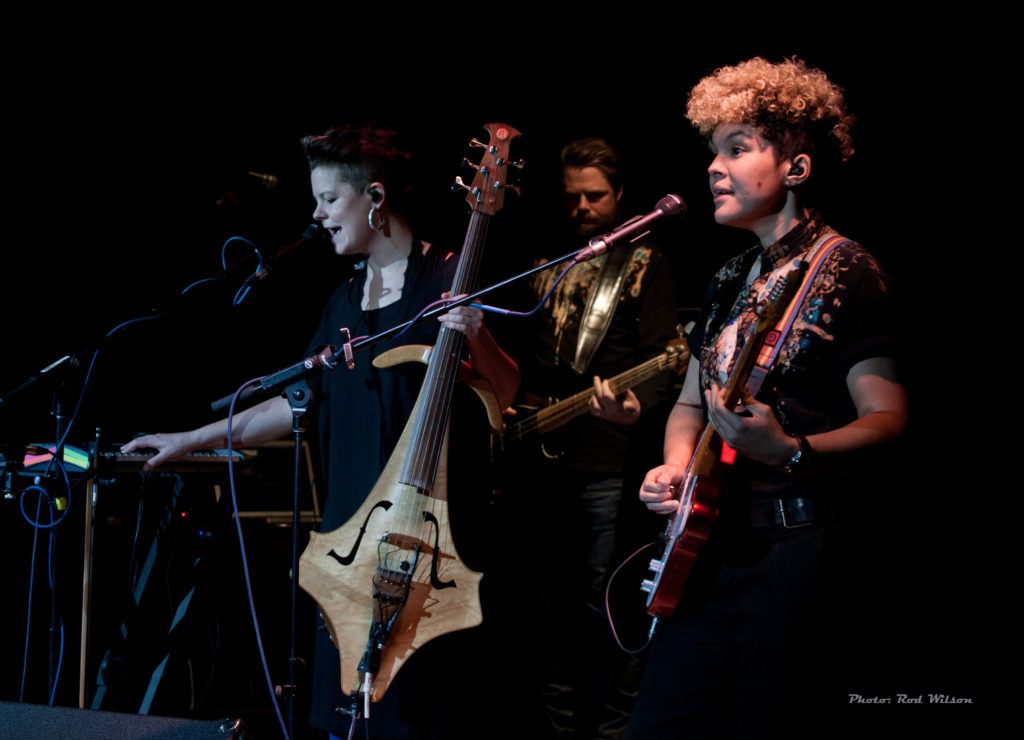


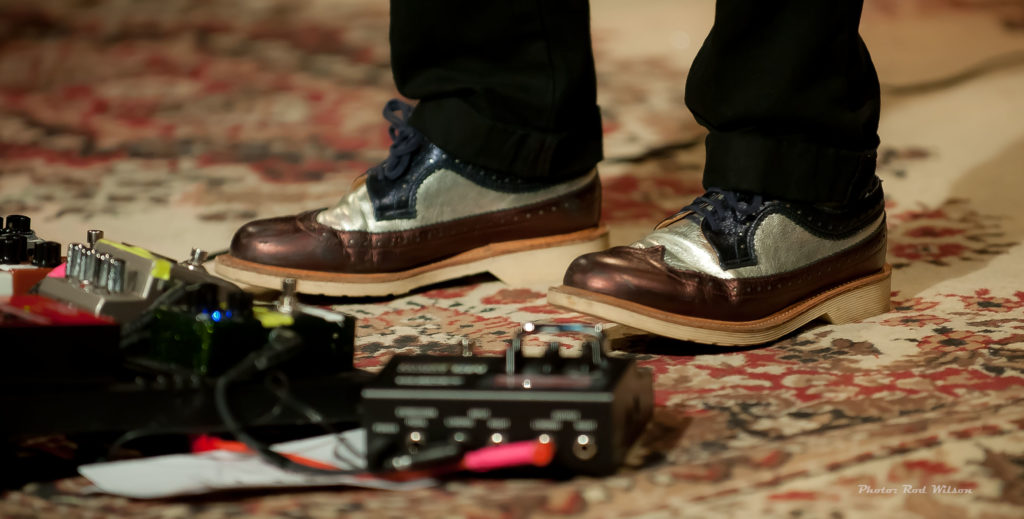



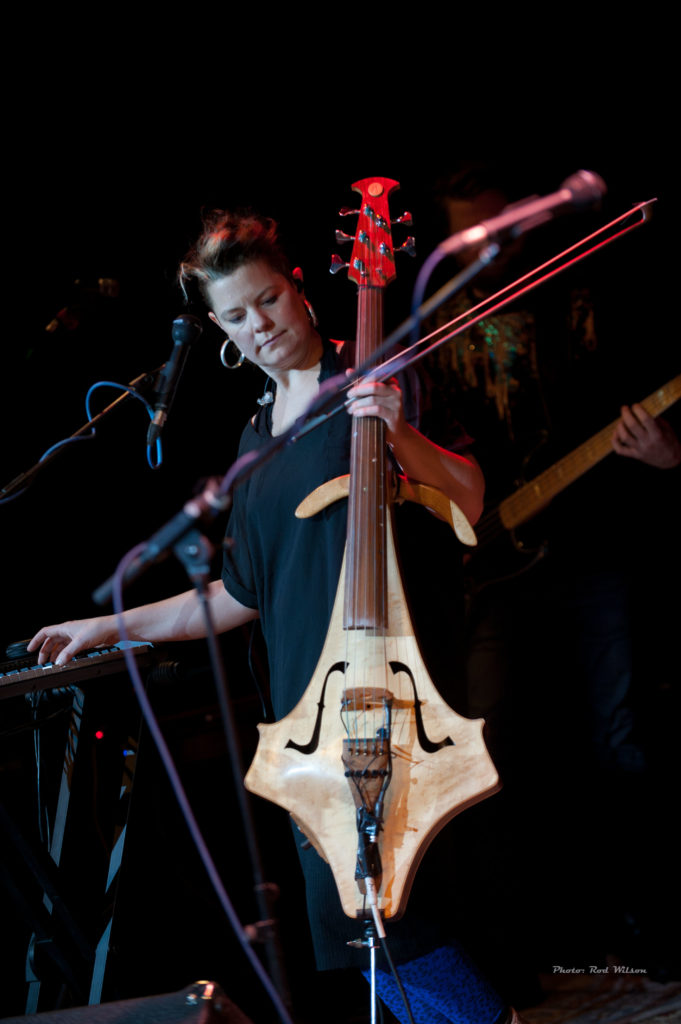
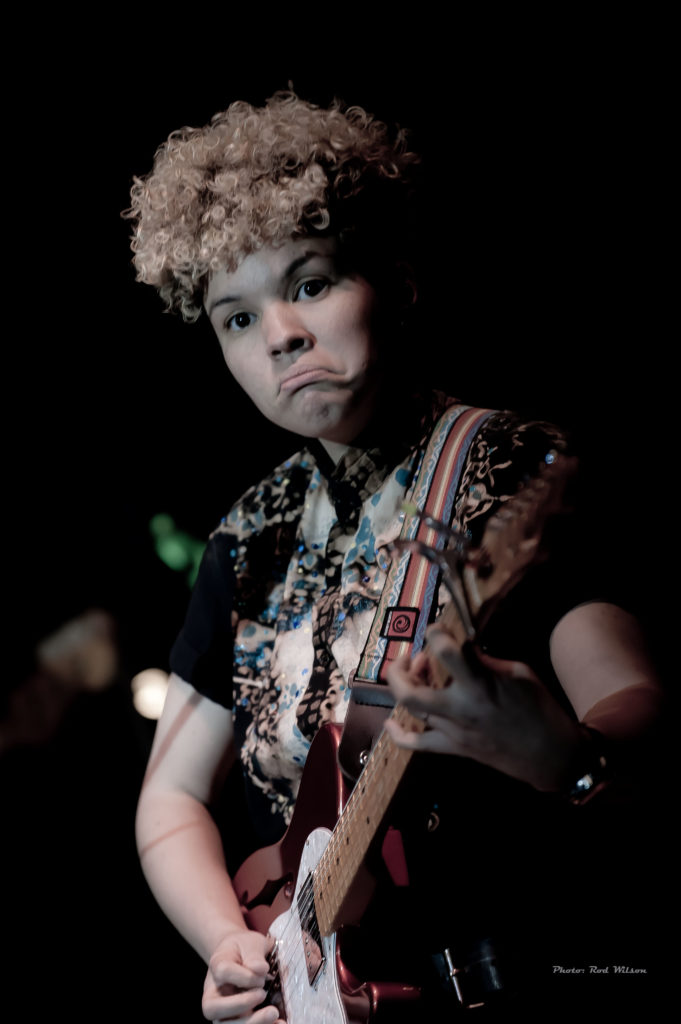


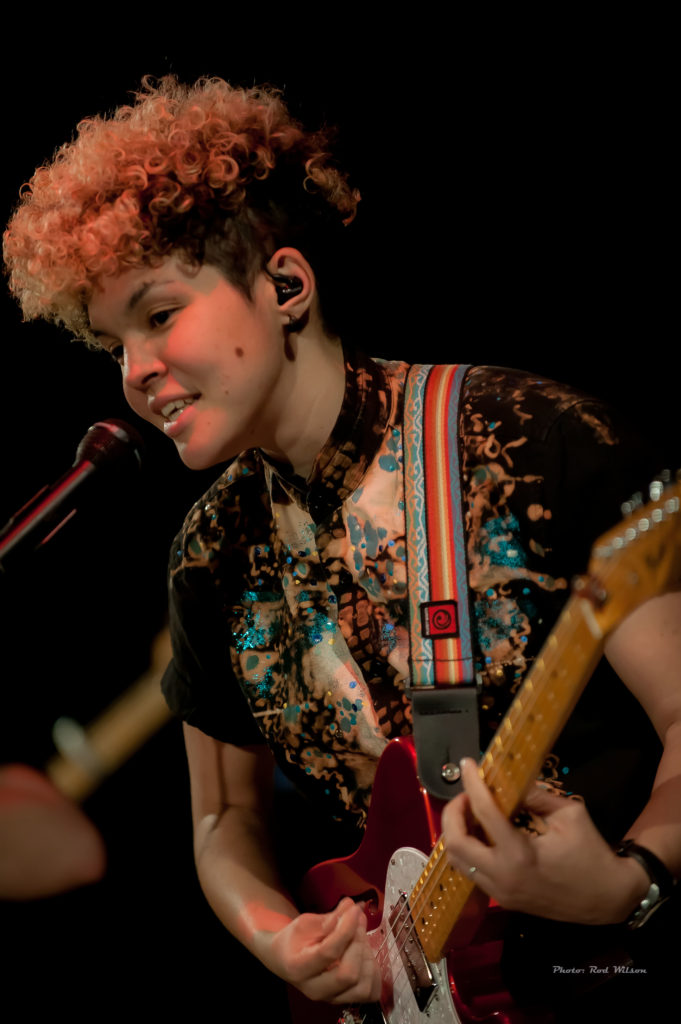





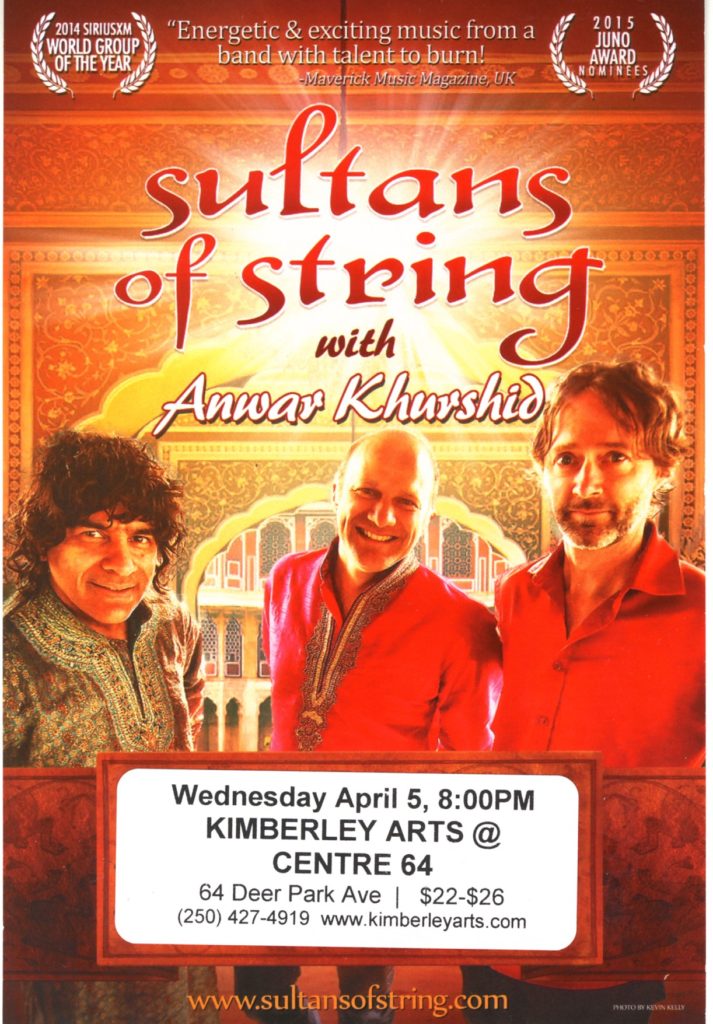


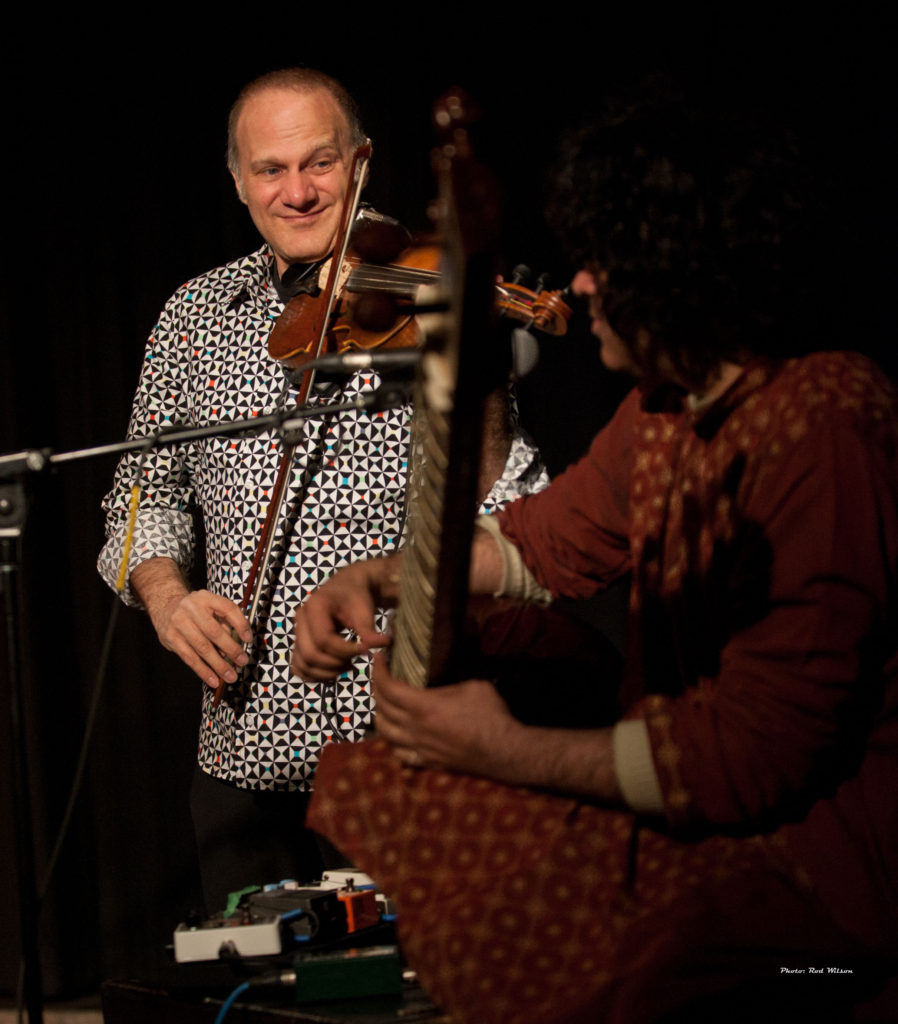

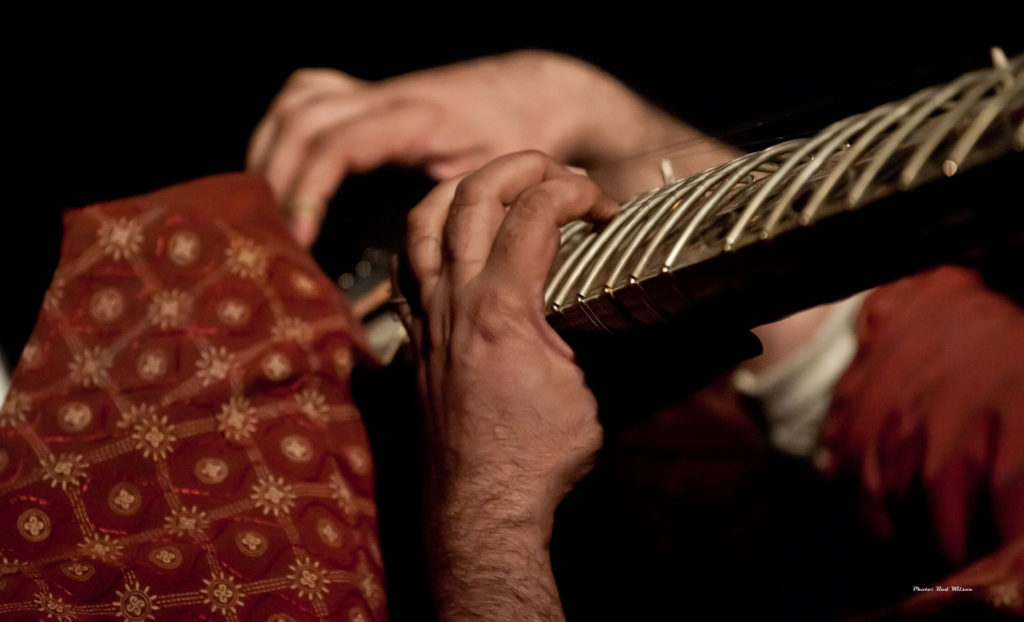
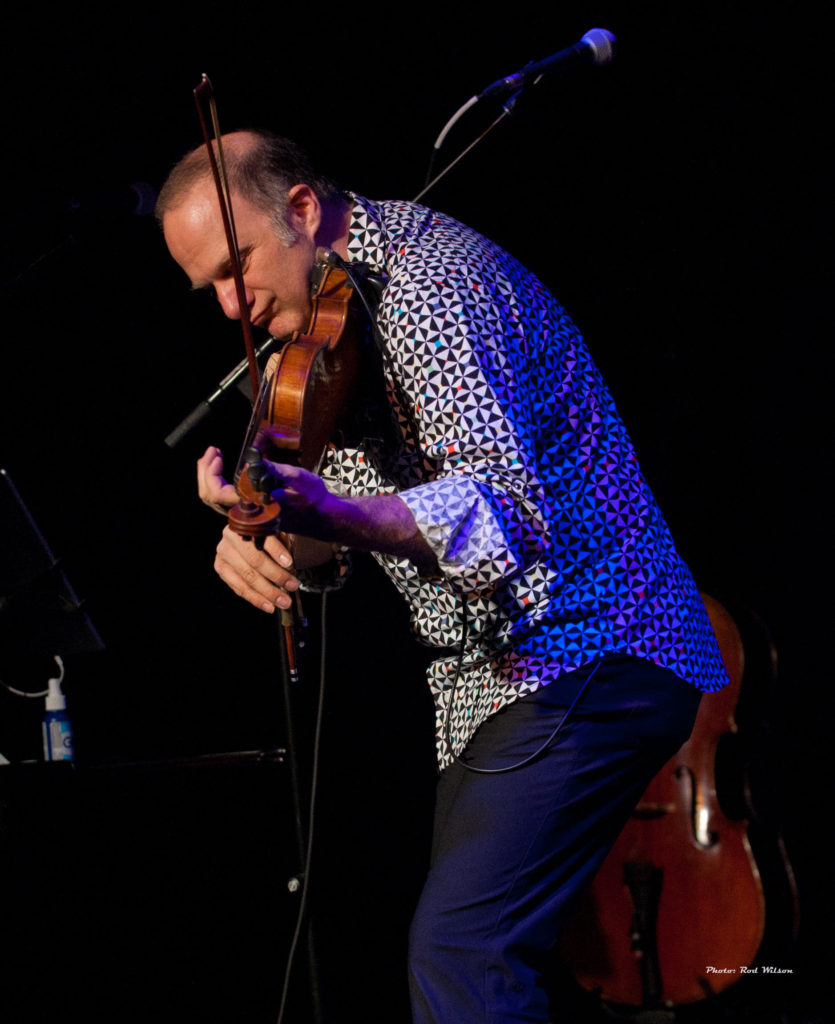
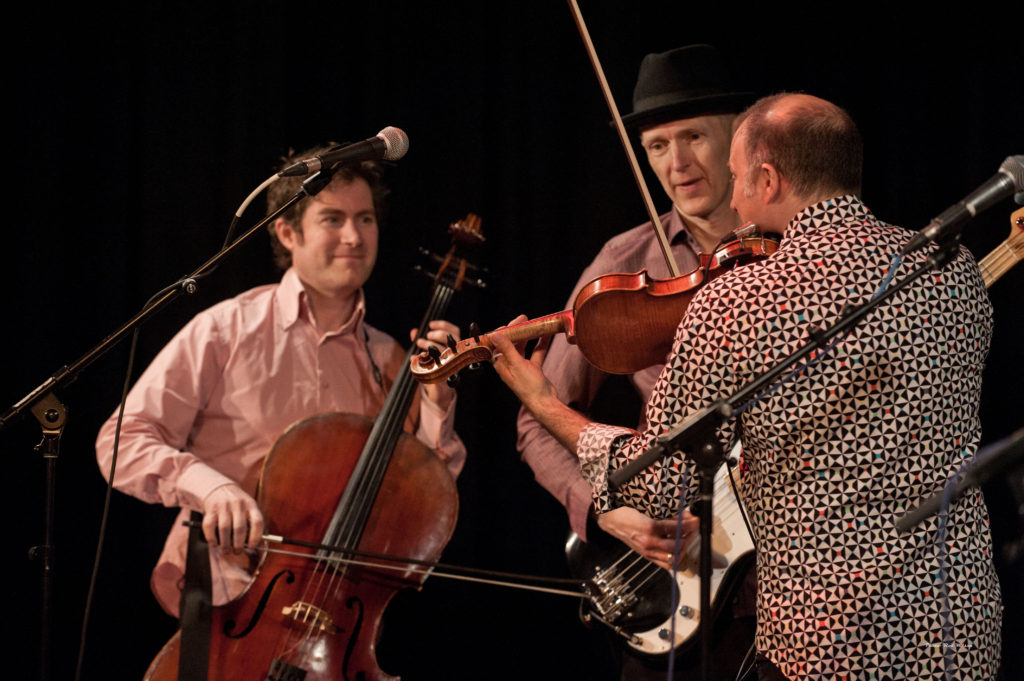
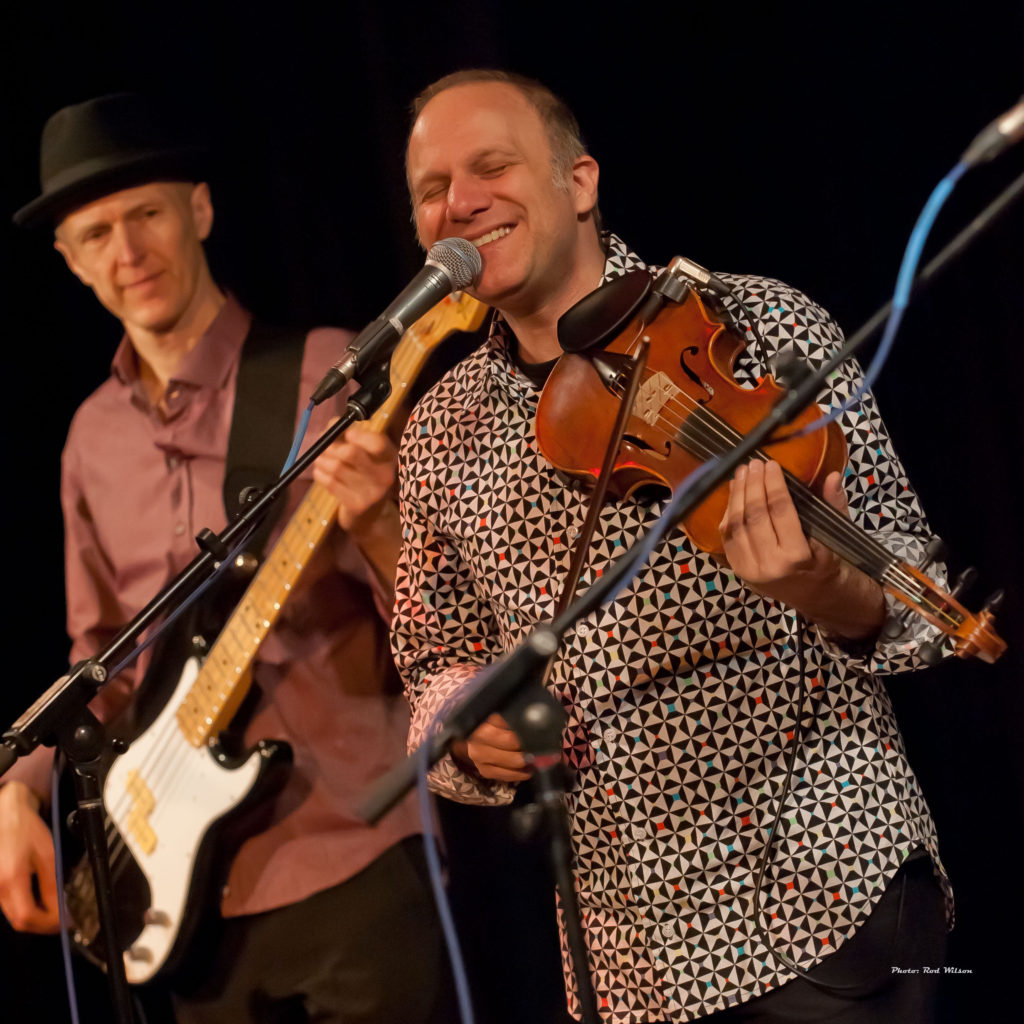

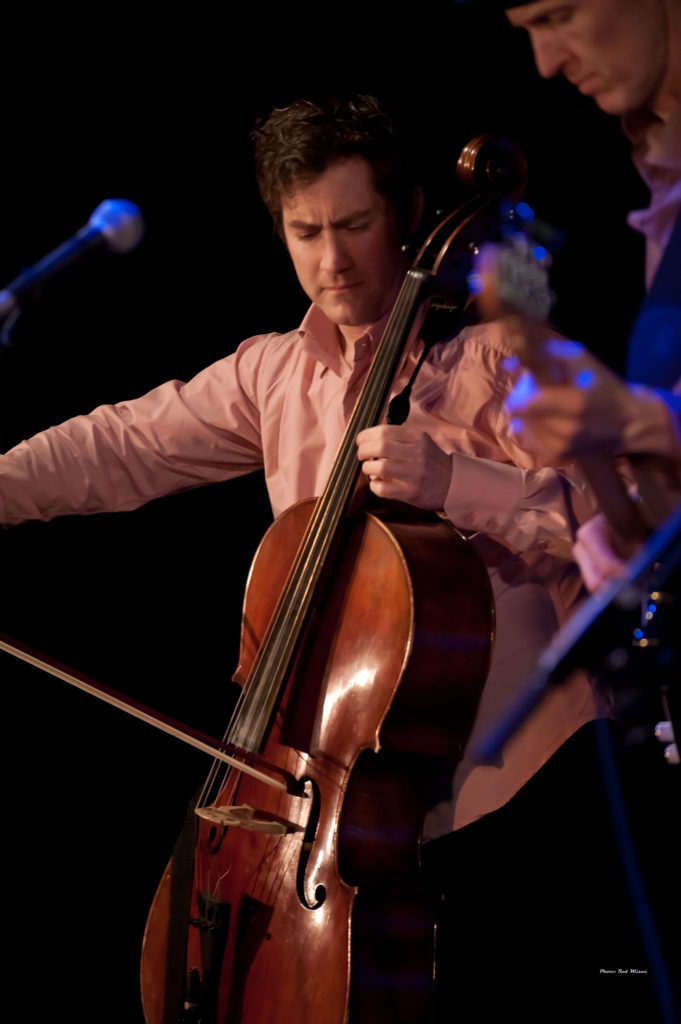
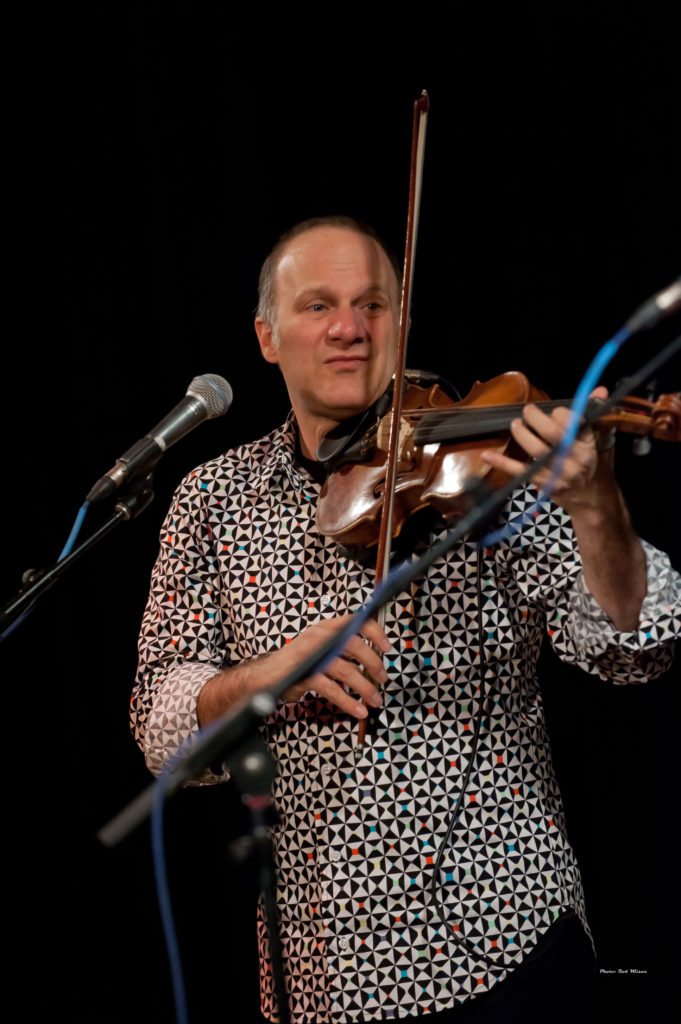
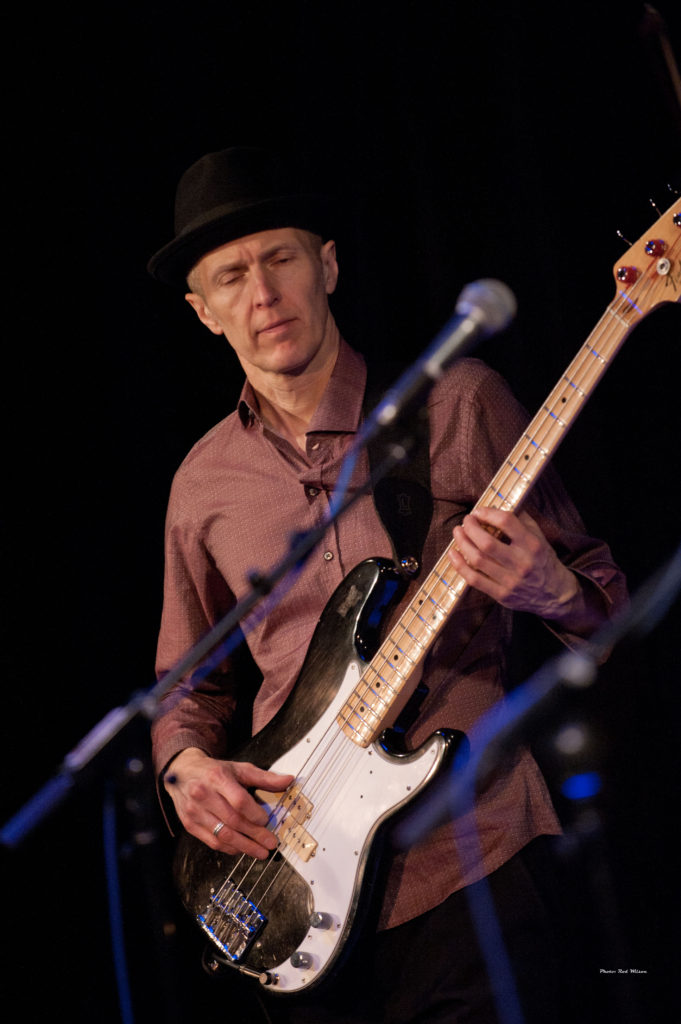

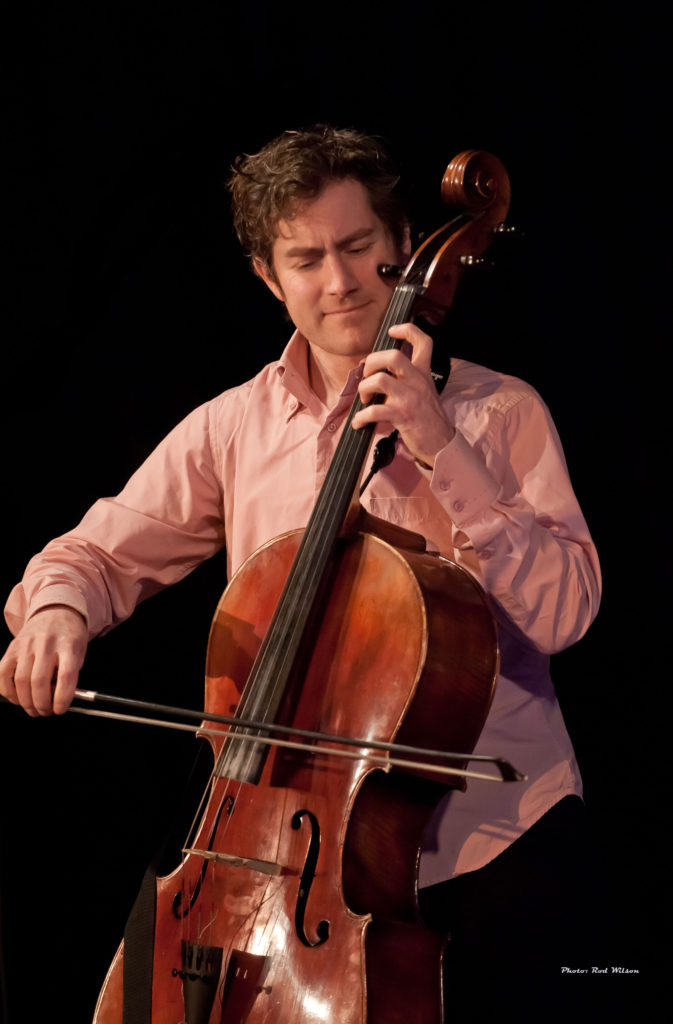




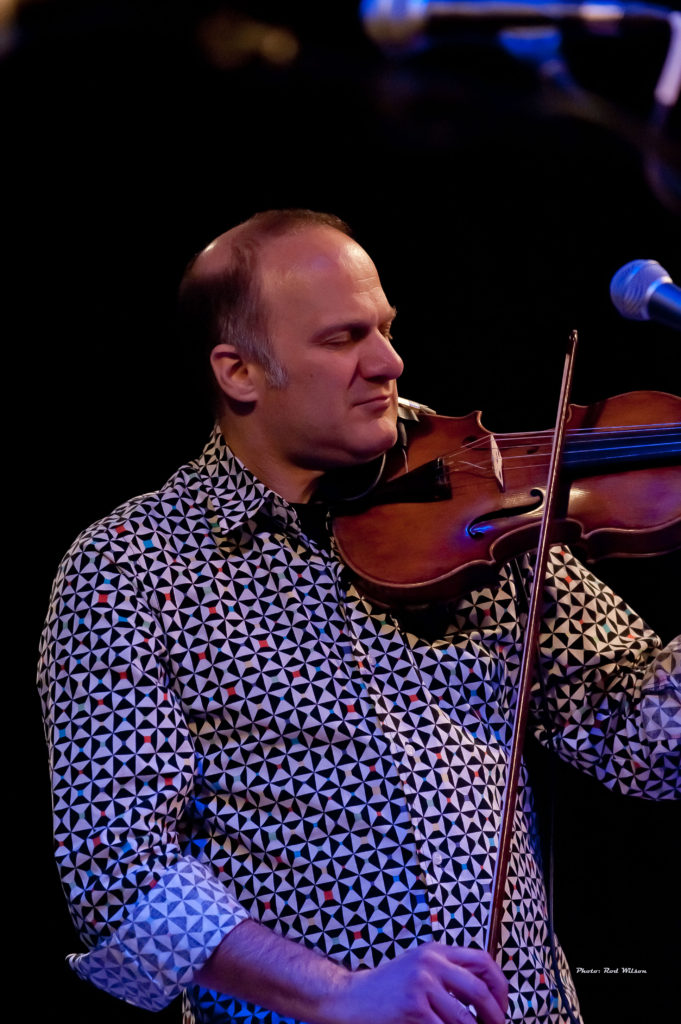
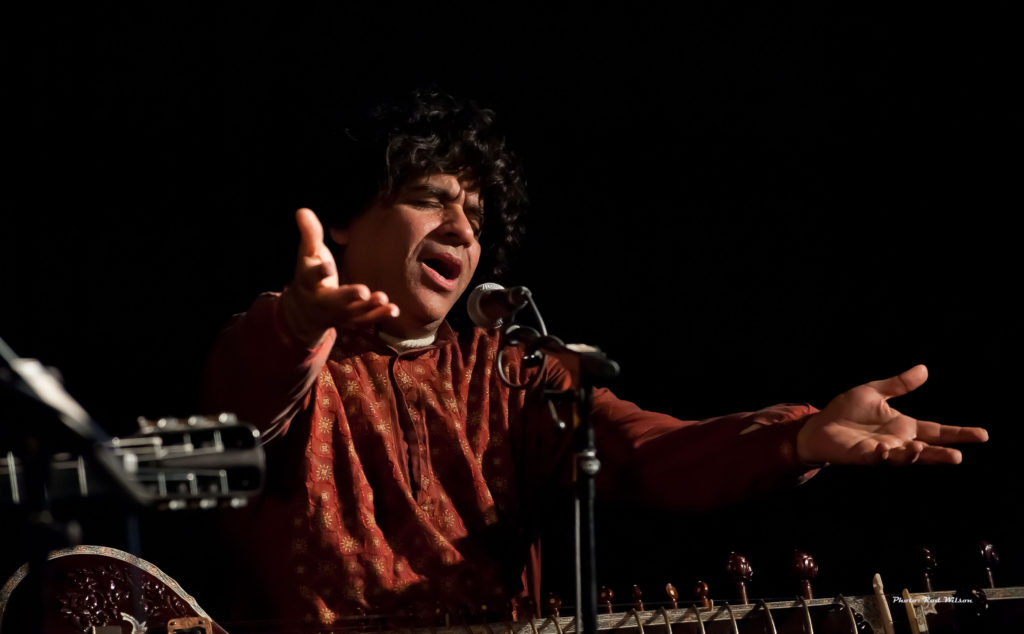

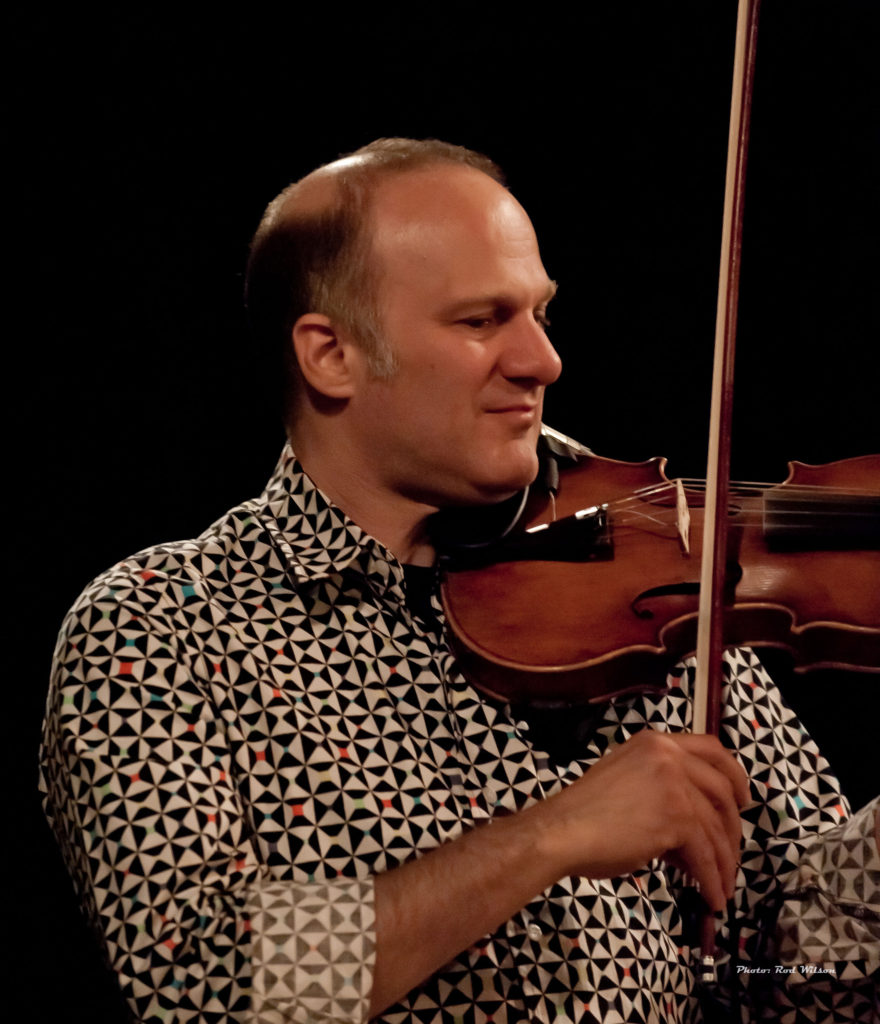


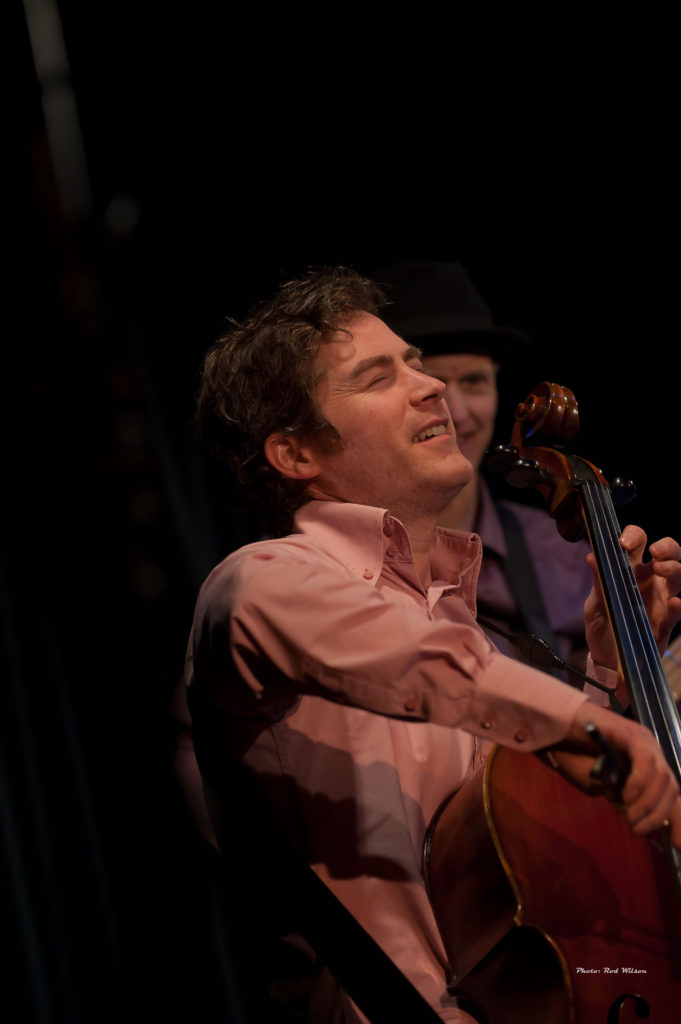

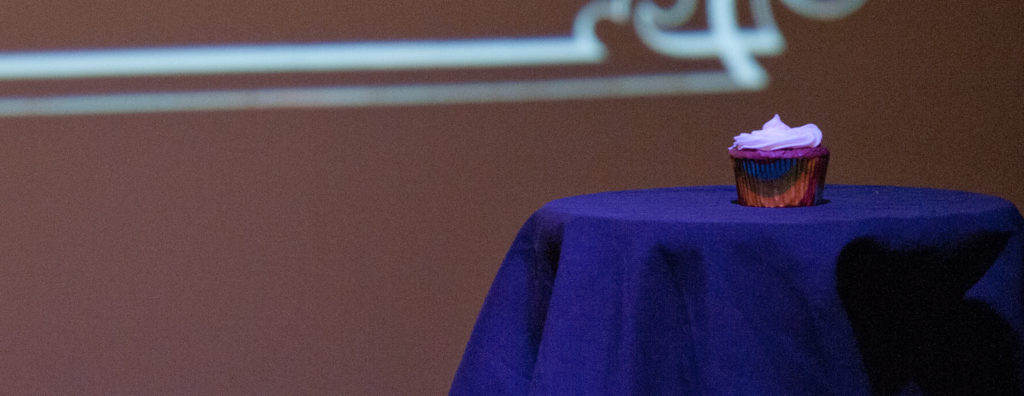 Oh, before I forget, there is one unsung performer of the evening. Mostly she is off to the side and largely out of the spot light. That is the duo’s female pal Cup Cake Betty. I hate to break it to Keith and Isaak but I don’t think she has been entirely faithful. She seems to have been somewhat promiscuous and is known far and wide as Muffin Mary. Read into that what you will.
Oh, before I forget, there is one unsung performer of the evening. Mostly she is off to the side and largely out of the spot light. That is the duo’s female pal Cup Cake Betty. I hate to break it to Keith and Isaak but I don’t think she has been entirely faithful. She seems to have been somewhat promiscuous and is known far and wide as Muffin Mary. Read into that what you will.


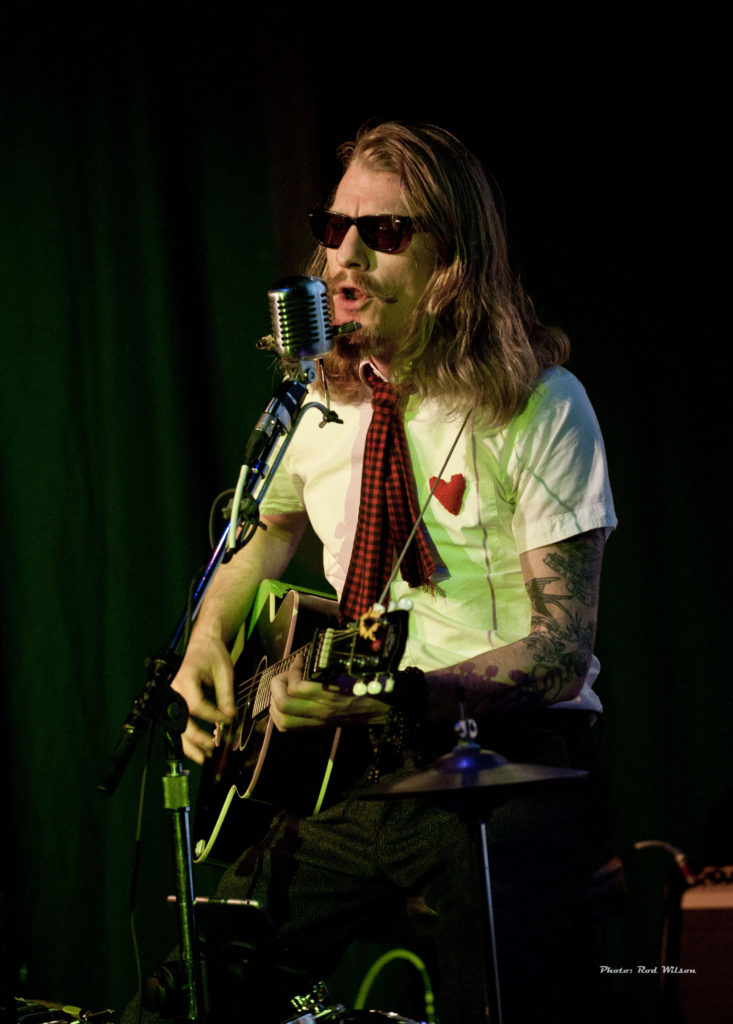
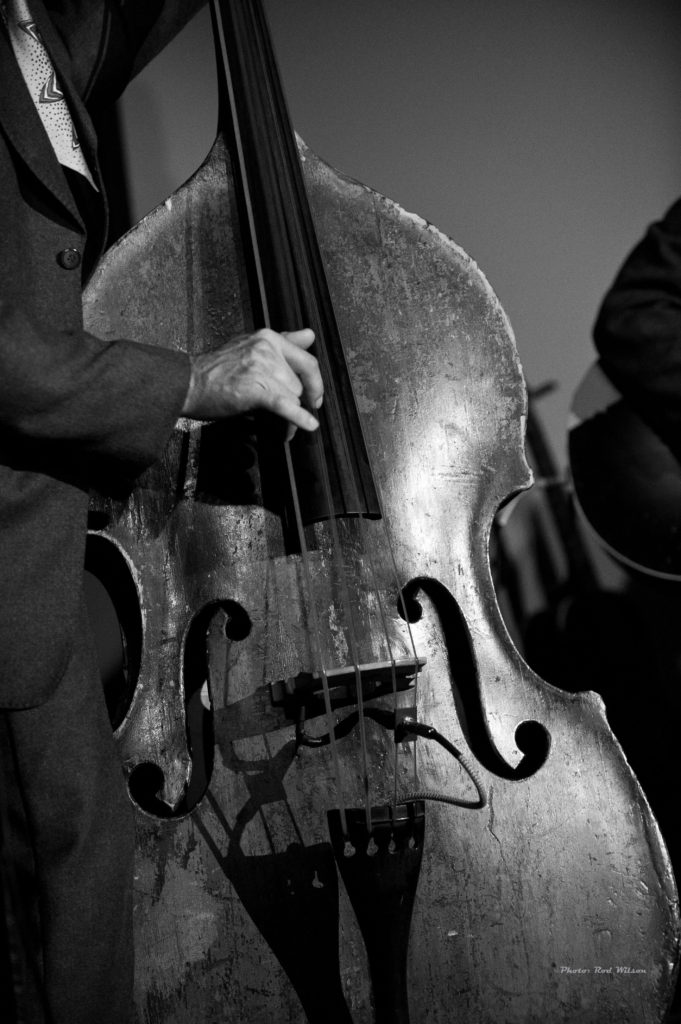








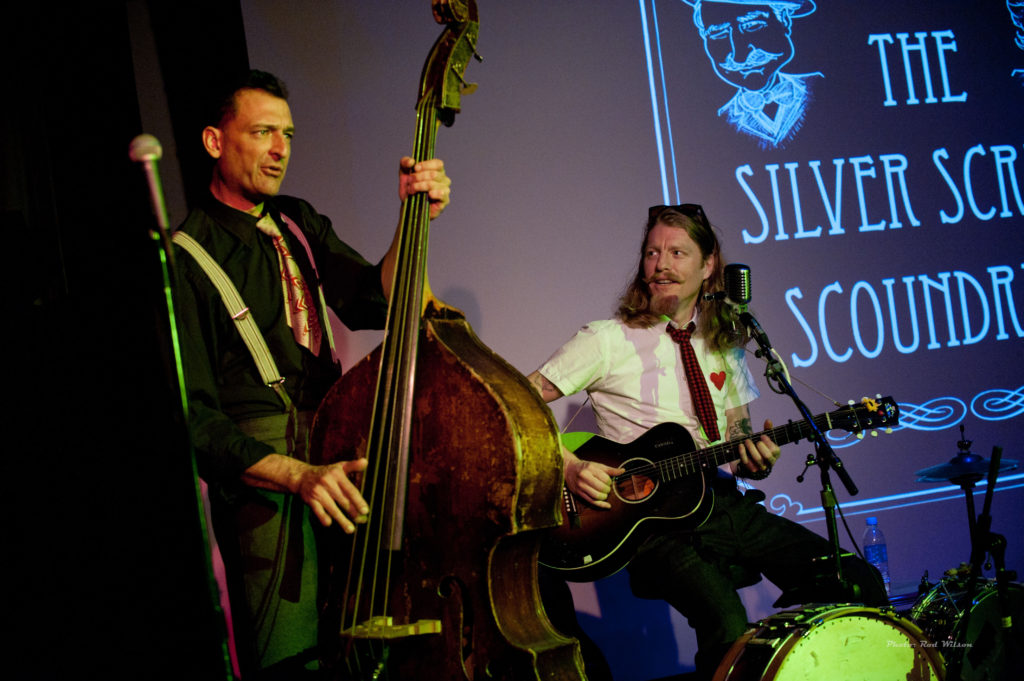
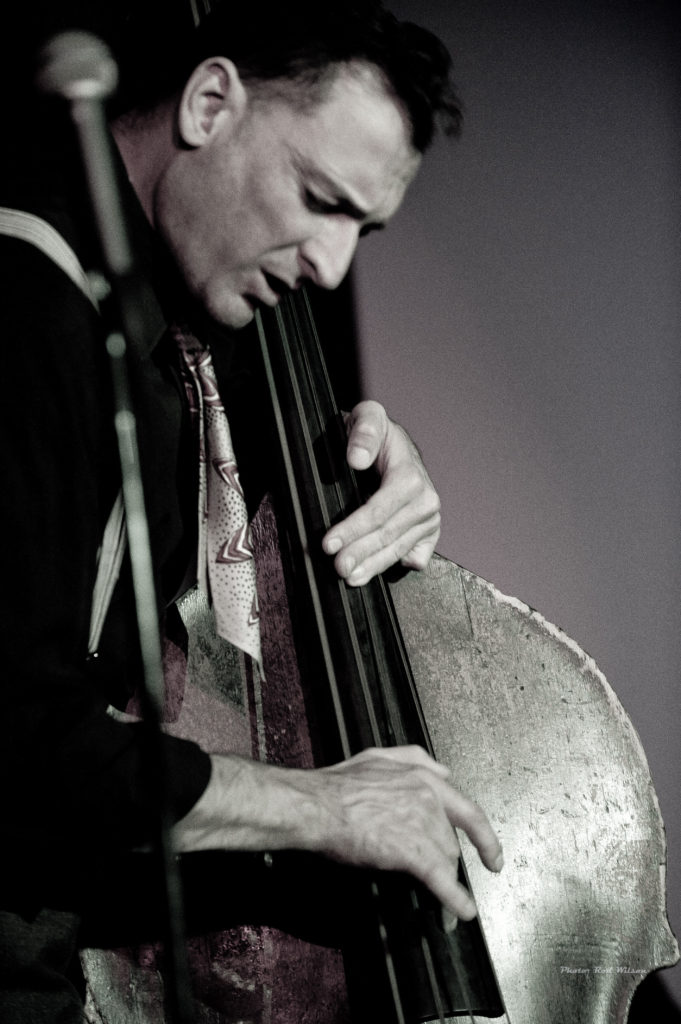


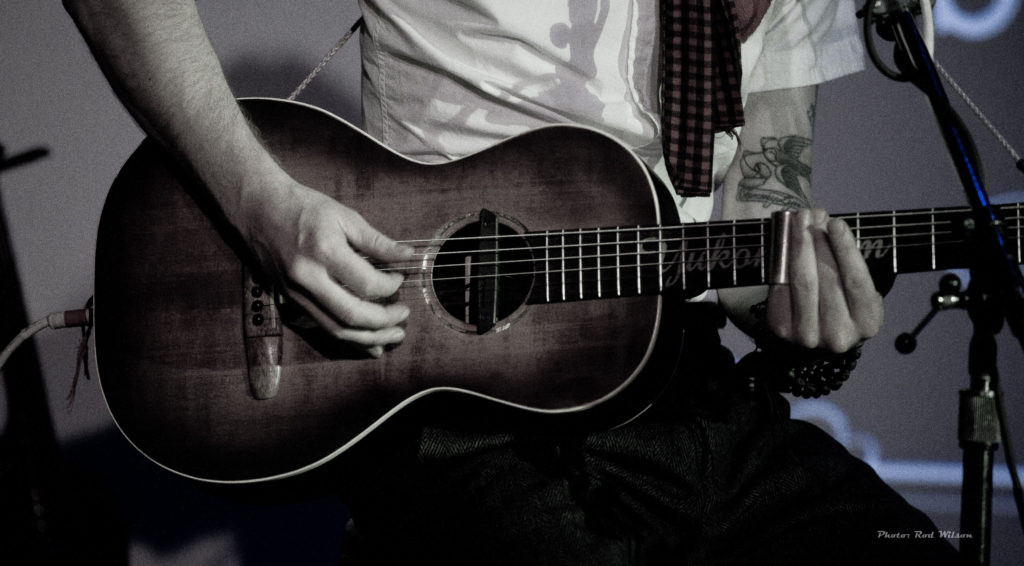
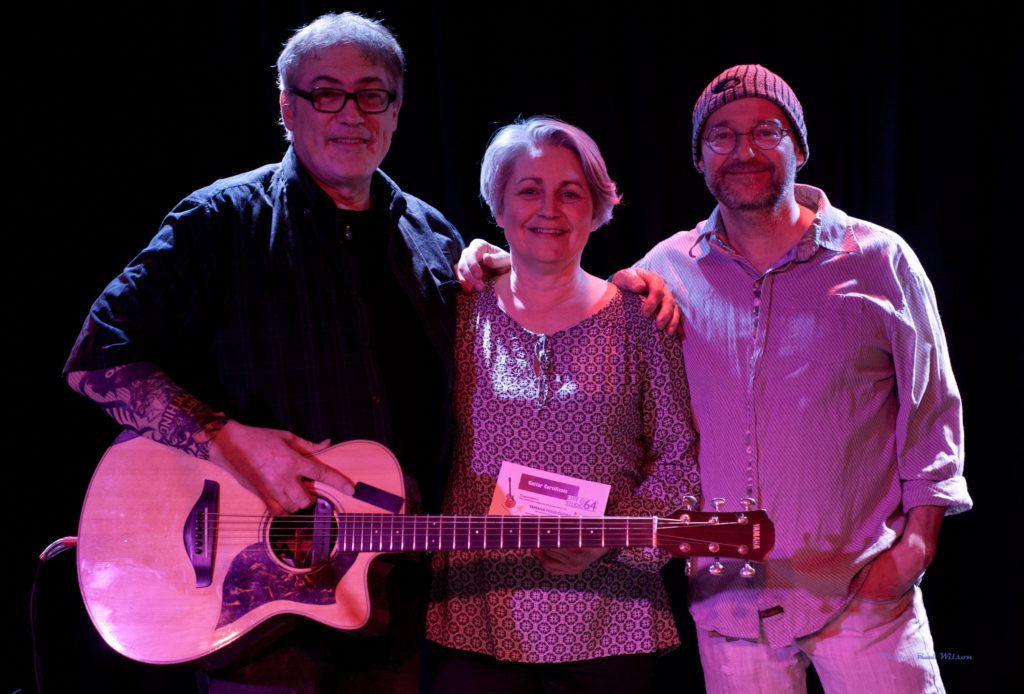
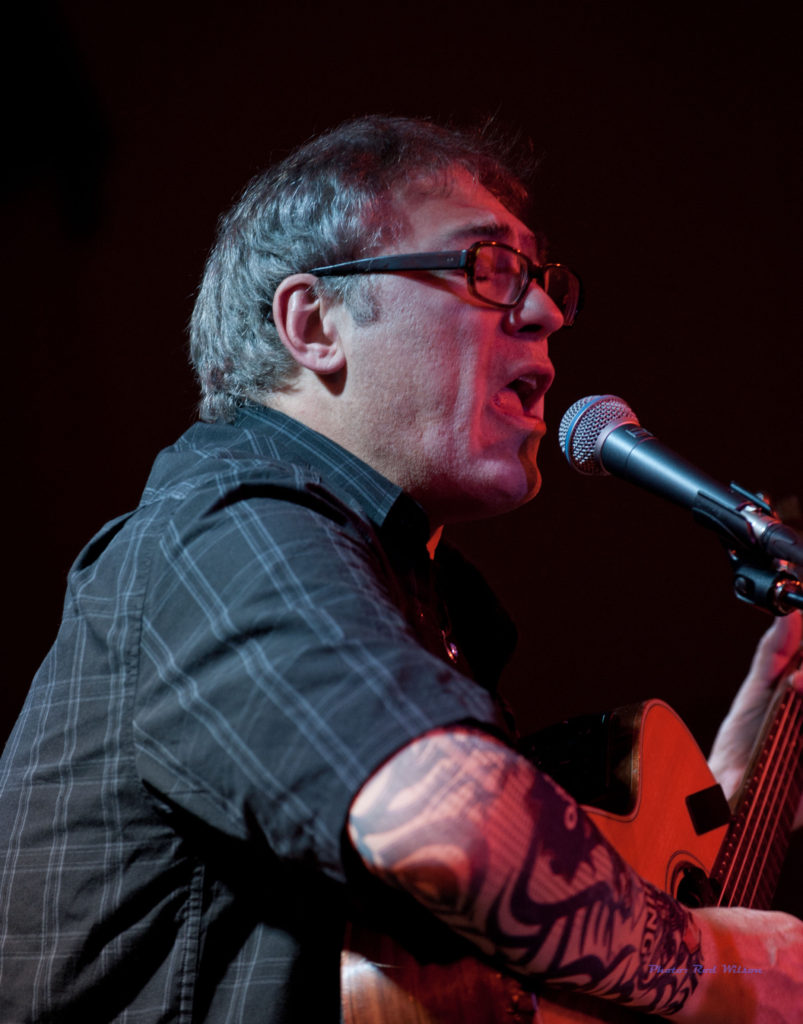
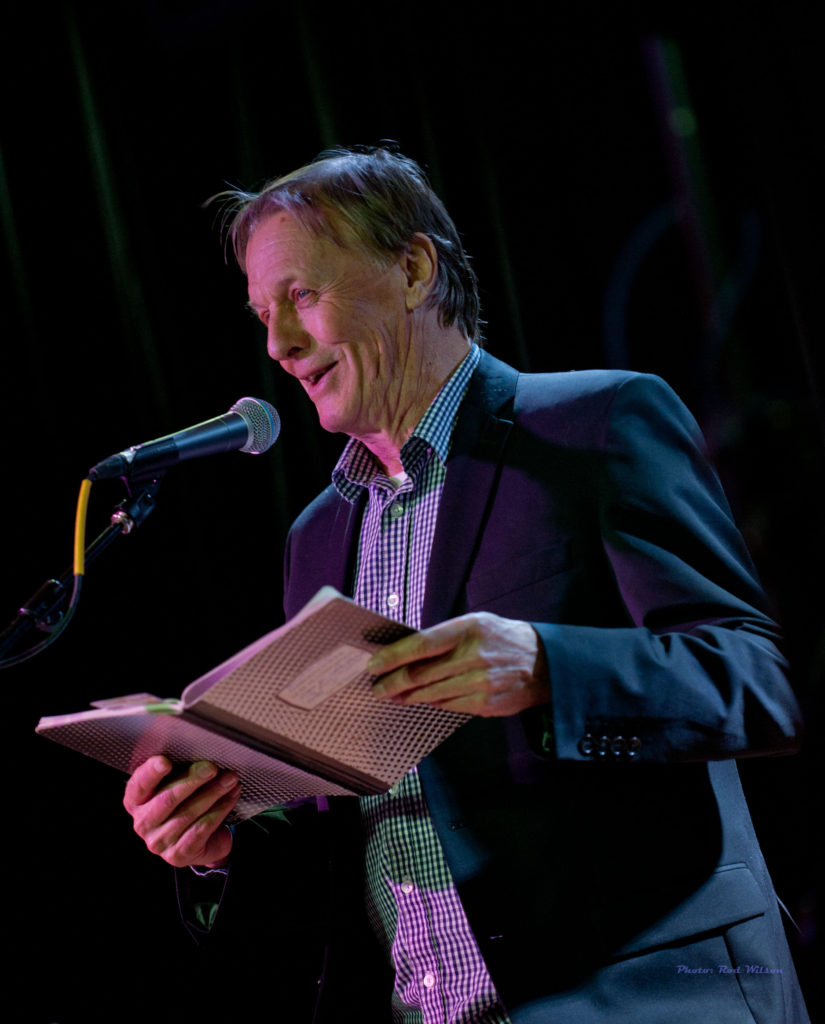








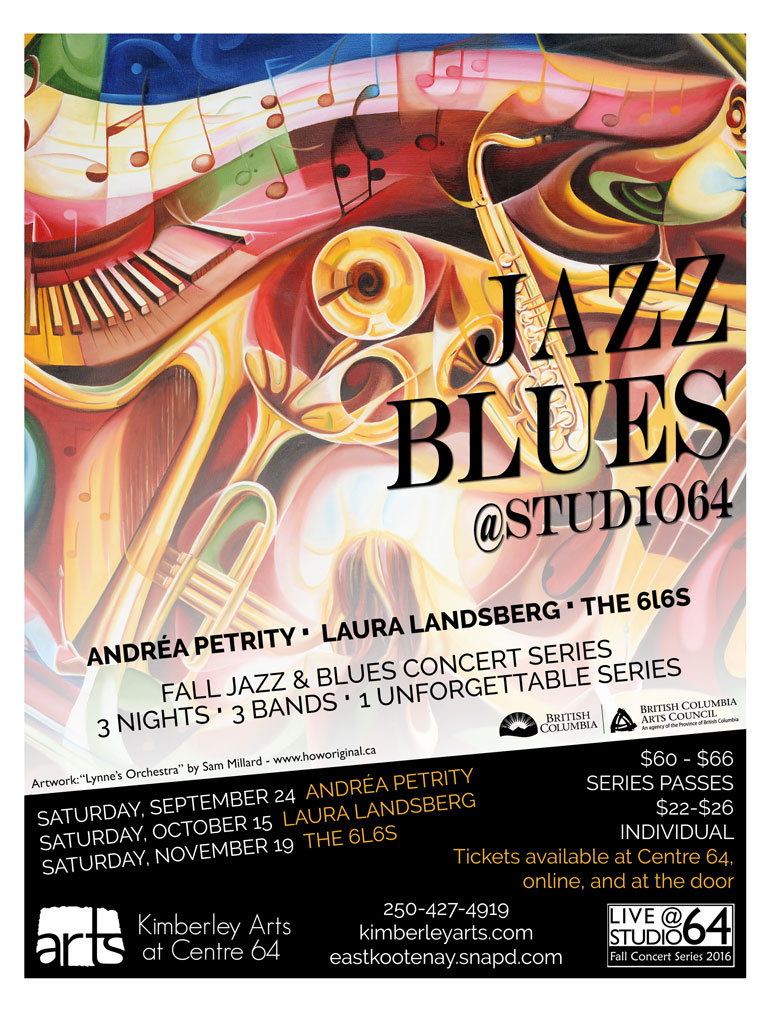





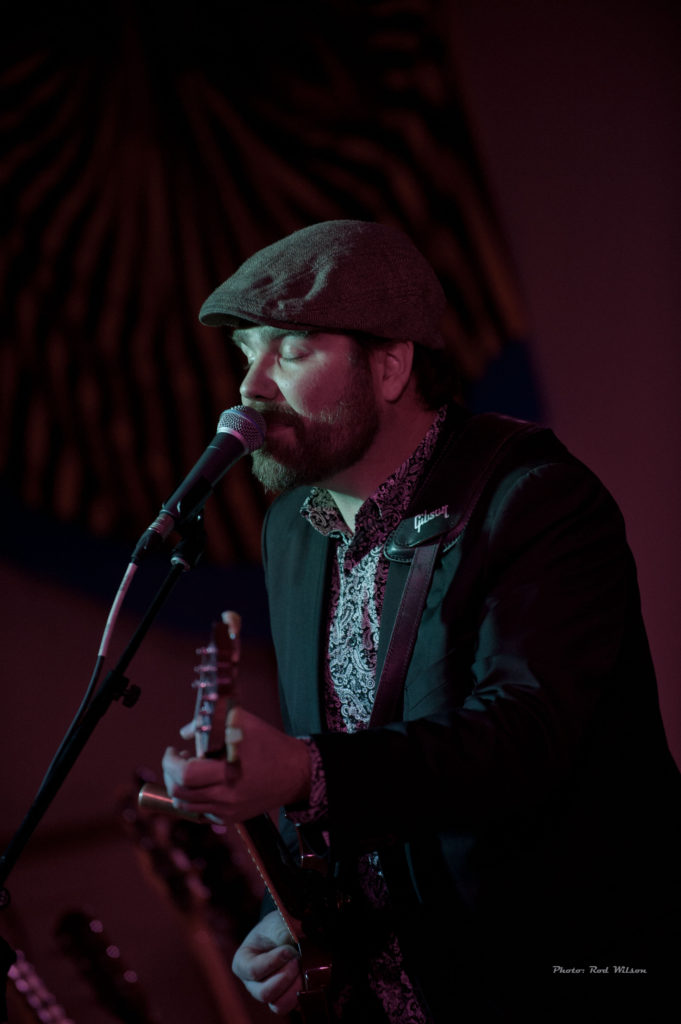










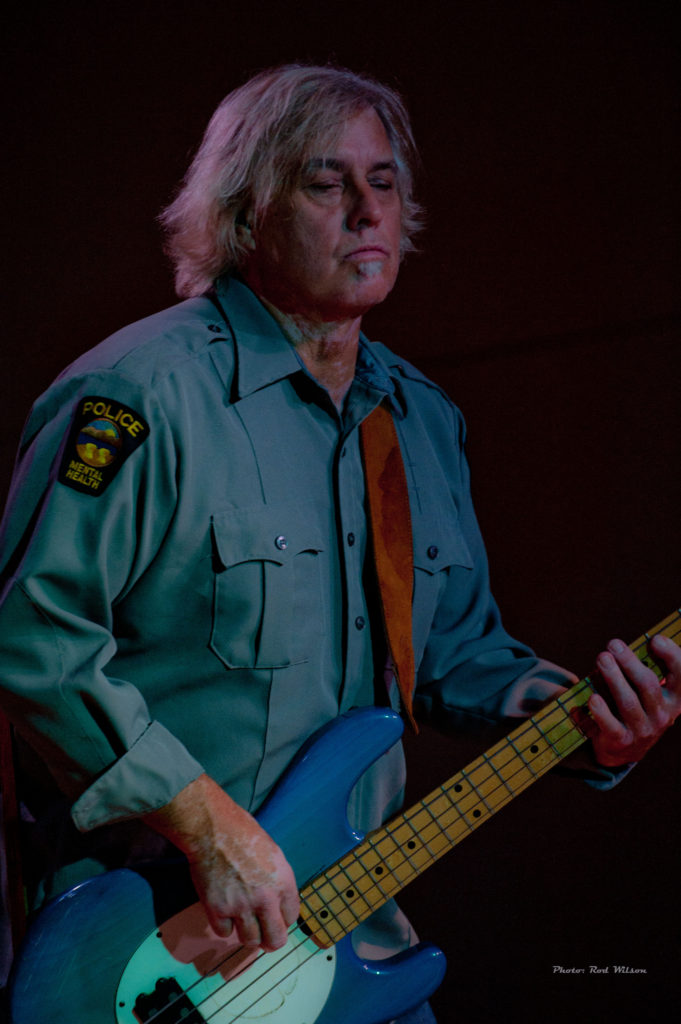
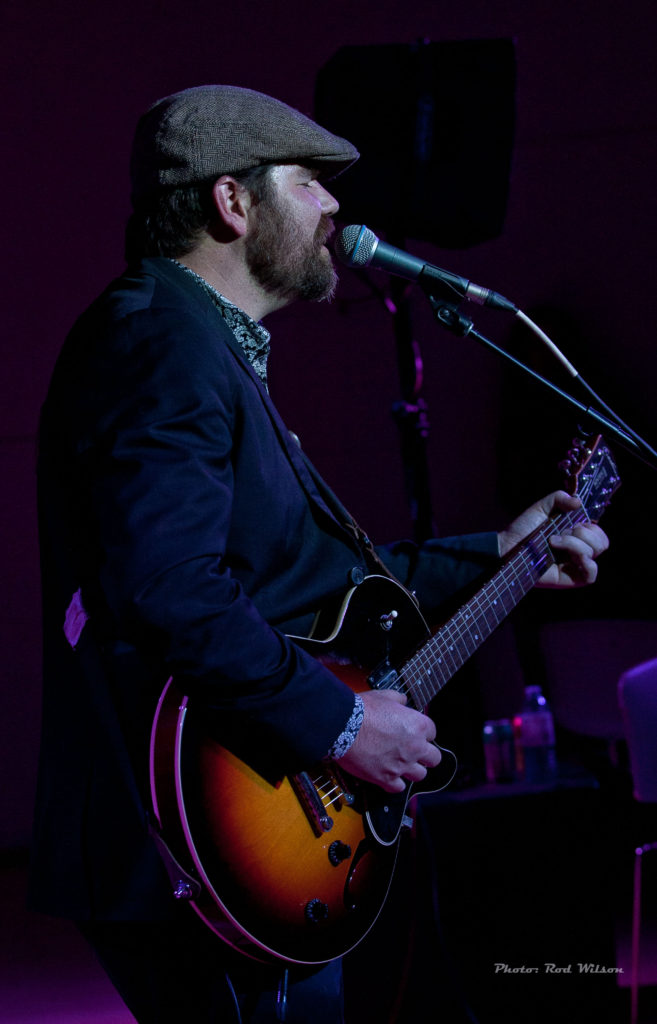
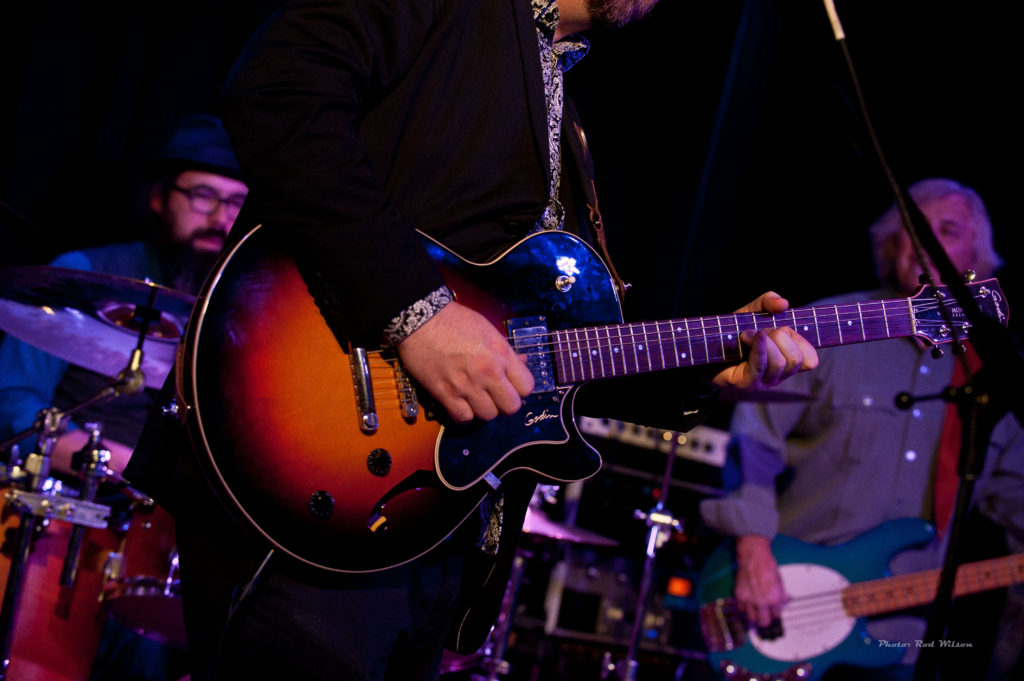
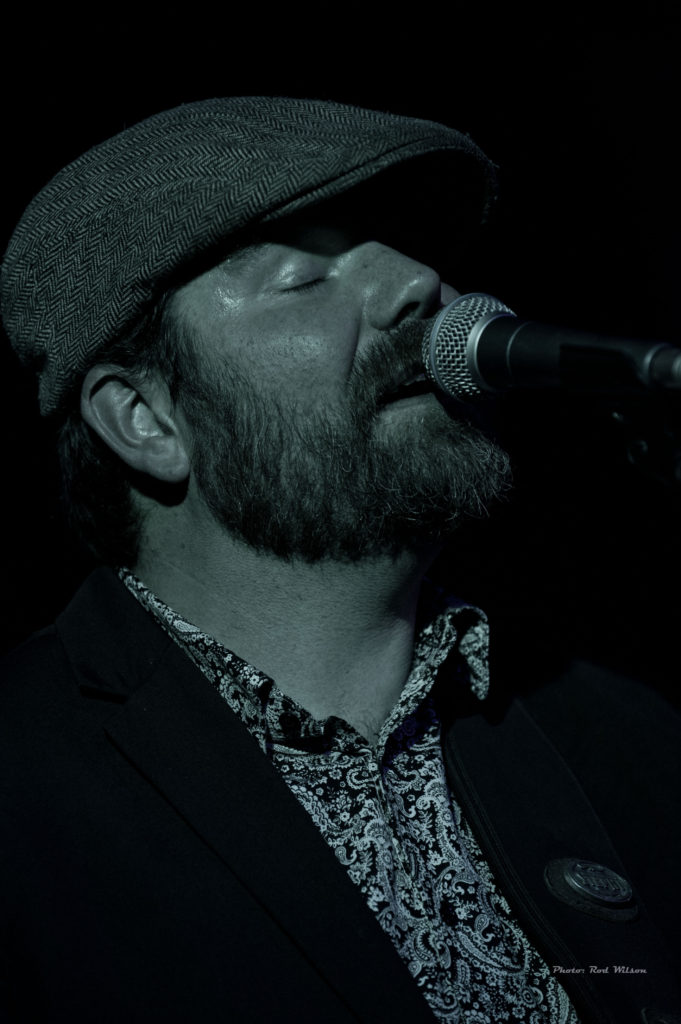



 to play too loud and dare I say it, often sound unmusical. Andrea promised a tasty treat with Robin Tufts accompaniments and we were not disappointed in his adroit handling of brushes and his simpatico accents. The bassist Stefano Valdo is no stranger to Studio 64 audiences. The last time he was here he played a huge electric bass guitar but this time around he had switched to upright bass. One of his musical heroes is the late great Scott LaFaro of Bill Evans Trio fame. The influences, at least to my ears, were very evident
to play too loud and dare I say it, often sound unmusical. Andrea promised a tasty treat with Robin Tufts accompaniments and we were not disappointed in his adroit handling of brushes and his simpatico accents. The bassist Stefano Valdo is no stranger to Studio 64 audiences. The last time he was here he played a huge electric bass guitar but this time around he had switched to upright bass. One of his musical heroes is the late great Scott LaFaro of Bill Evans Trio fame. The influences, at least to my ears, were very evident  in his free wheeling accompanying and solo style. One of the sonic pleasures of recent years is the return of the upright acoustic bass. Nothing quiet matches the big fat bottom depths of the acoustic upright bass. The first “standard” tune of the evening done in a very original style was Harlem Nocturne. The rest of the program was filled with a number of Andrea’s originals that included You Took Love With You, a nod to Thelonious Monk in Monkey Around (I am sure Thelonious was smiling), and a cute interpretation of a Hungarian Folk tune with some nice hand percussion from Robin. The name of the tune was loosely translated as an ode to a Brown eyed or gypsy girl. It was a neat 4/4 tune with a triplet feel, kind of 6/8, but not really. After the intermission they kicked off with a Latin feel in Andrea’s original Marianna, followed by an achingly slow (Andrea’s direction to the trio) version of the standard The Very Thought of You. This was followed by I Found a New Baby. Then more original tunes including a new untitled work simply called Untitled and the final piece of the evening PMS. A title that doesn’t mean what you think. It is a nod to three modern Jazz master musicians, the bassist John Patitucci the guitarists Pat Metheny and John Scofield – PMS.
in his free wheeling accompanying and solo style. One of the sonic pleasures of recent years is the return of the upright acoustic bass. Nothing quiet matches the big fat bottom depths of the acoustic upright bass. The first “standard” tune of the evening done in a very original style was Harlem Nocturne. The rest of the program was filled with a number of Andrea’s originals that included You Took Love With You, a nod to Thelonious Monk in Monkey Around (I am sure Thelonious was smiling), and a cute interpretation of a Hungarian Folk tune with some nice hand percussion from Robin. The name of the tune was loosely translated as an ode to a Brown eyed or gypsy girl. It was a neat 4/4 tune with a triplet feel, kind of 6/8, but not really. After the intermission they kicked off with a Latin feel in Andrea’s original Marianna, followed by an achingly slow (Andrea’s direction to the trio) version of the standard The Very Thought of You. This was followed by I Found a New Baby. Then more original tunes including a new untitled work simply called Untitled and the final piece of the evening PMS. A title that doesn’t mean what you think. It is a nod to three modern Jazz master musicians, the bassist John Patitucci the guitarists Pat Metheny and John Scofield – PMS.
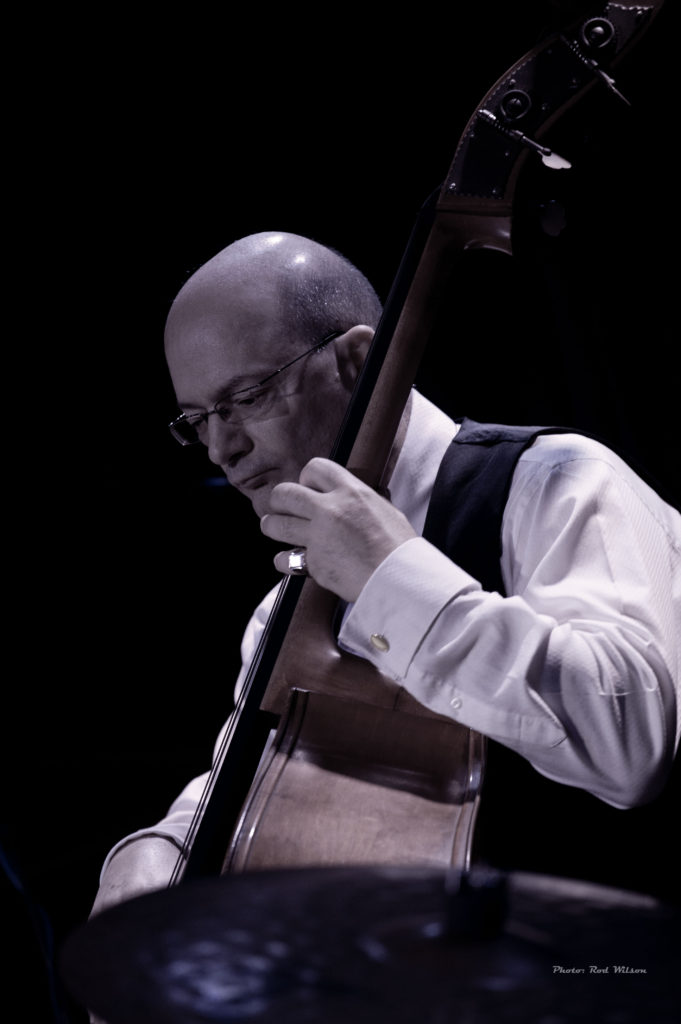



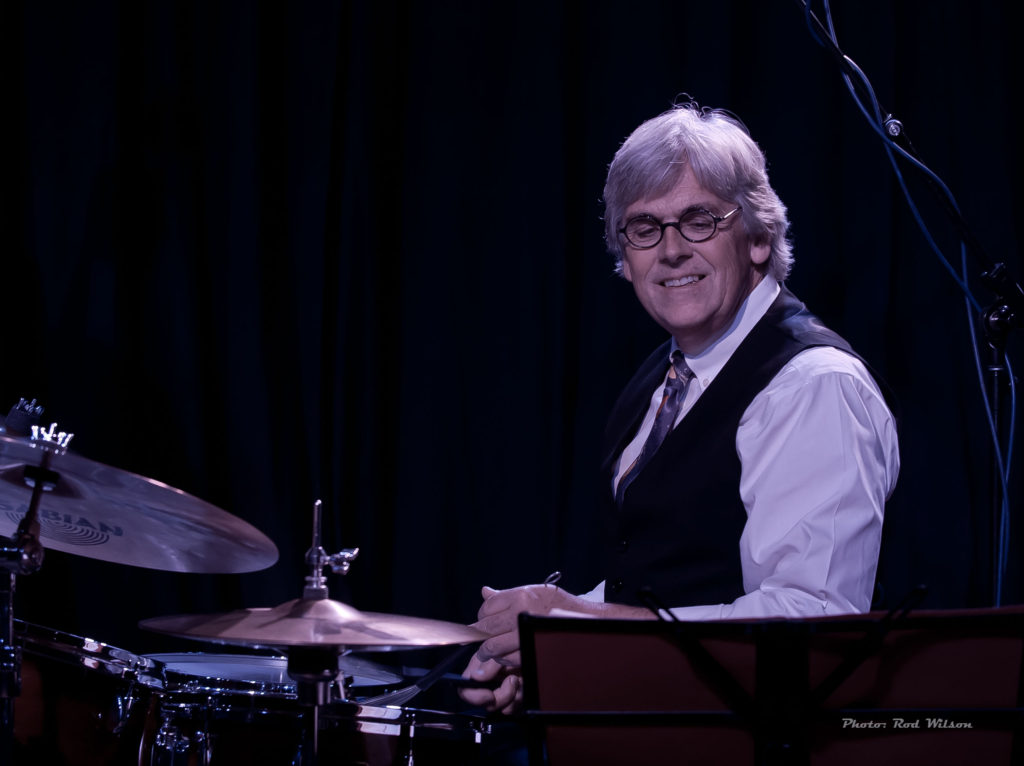




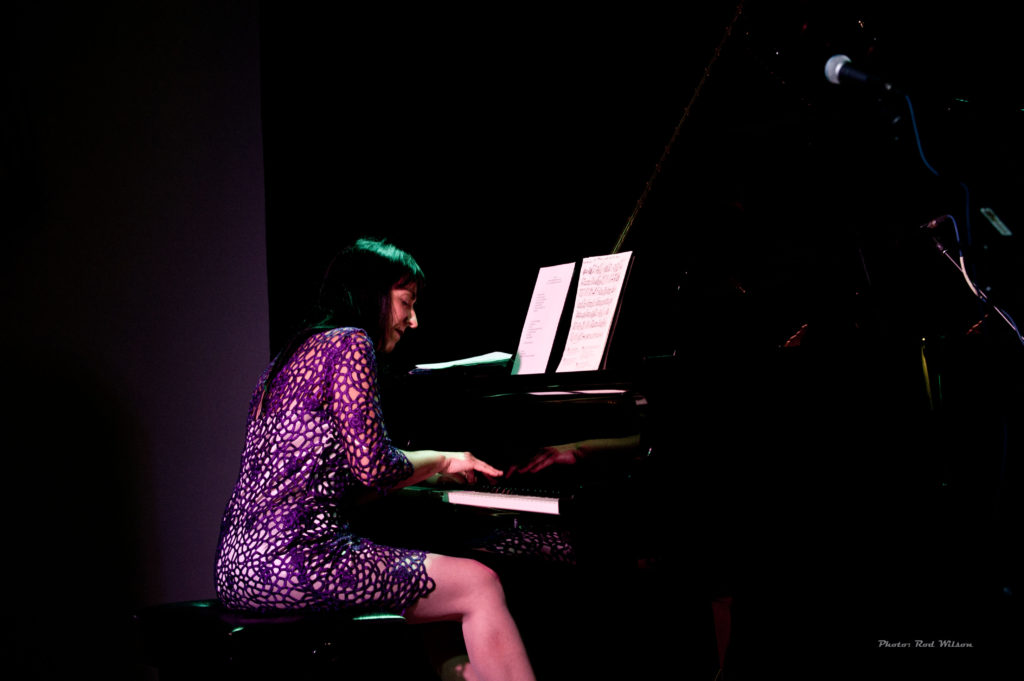
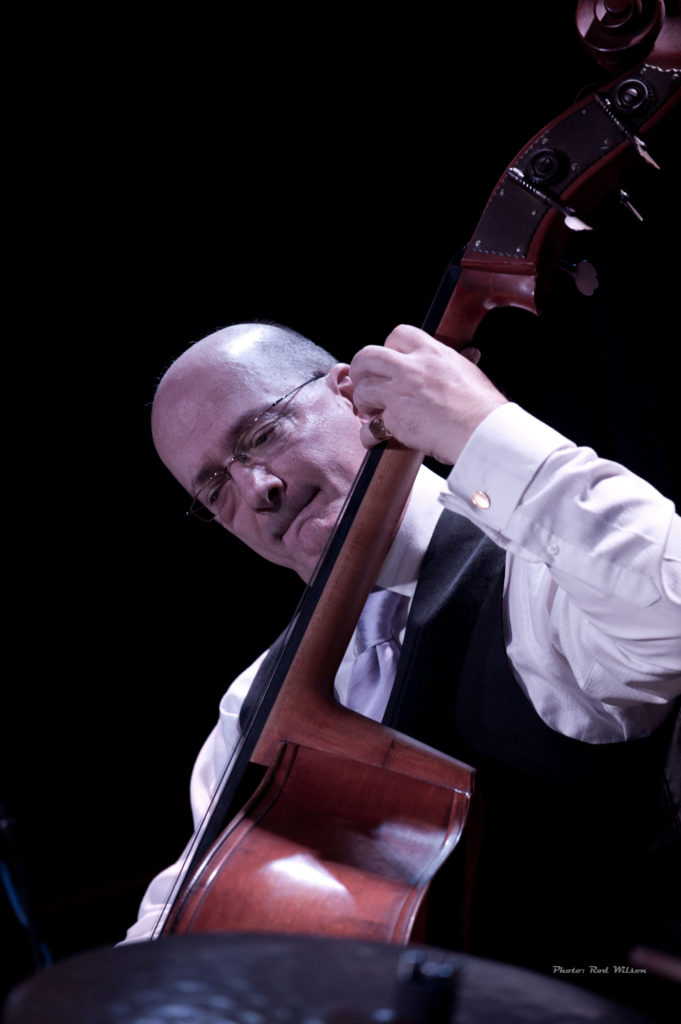


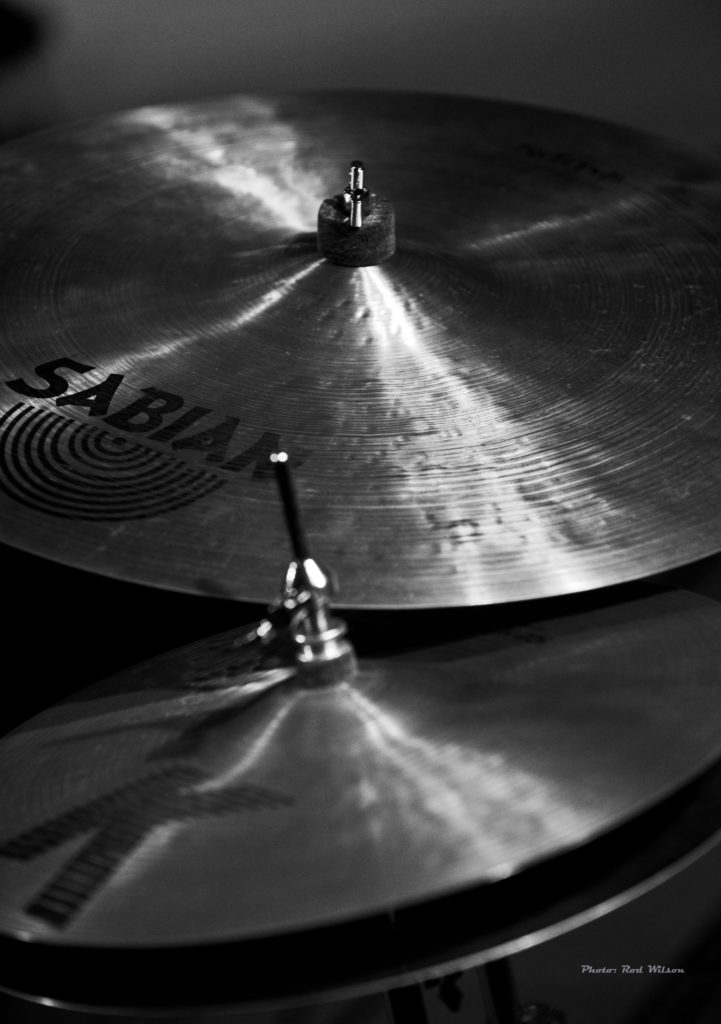
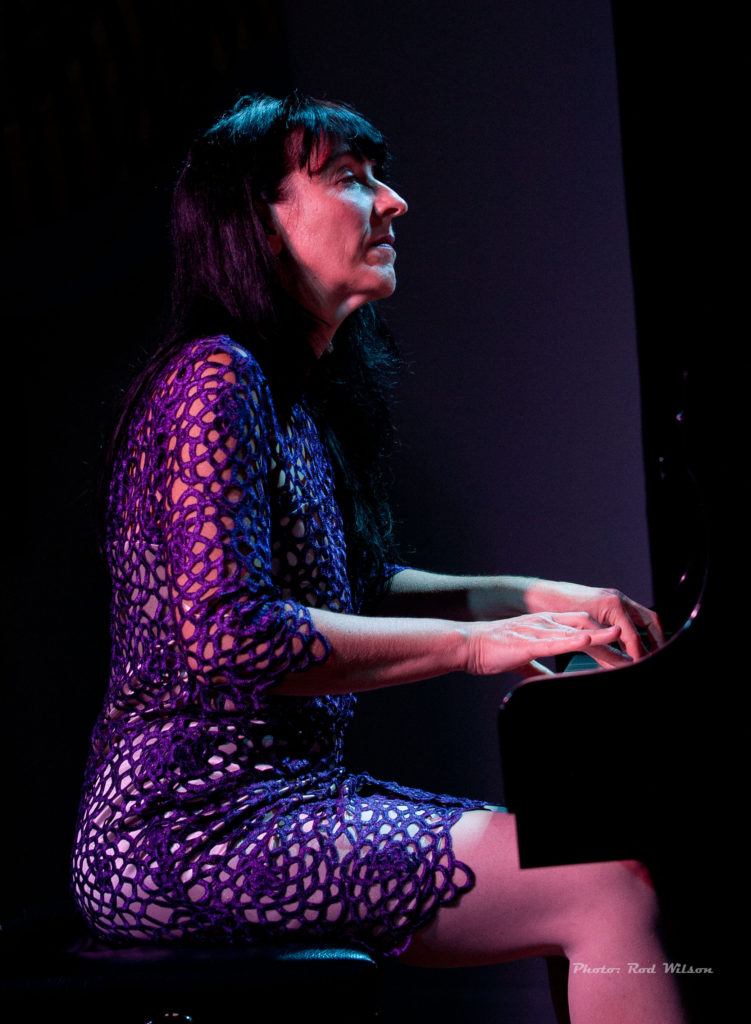
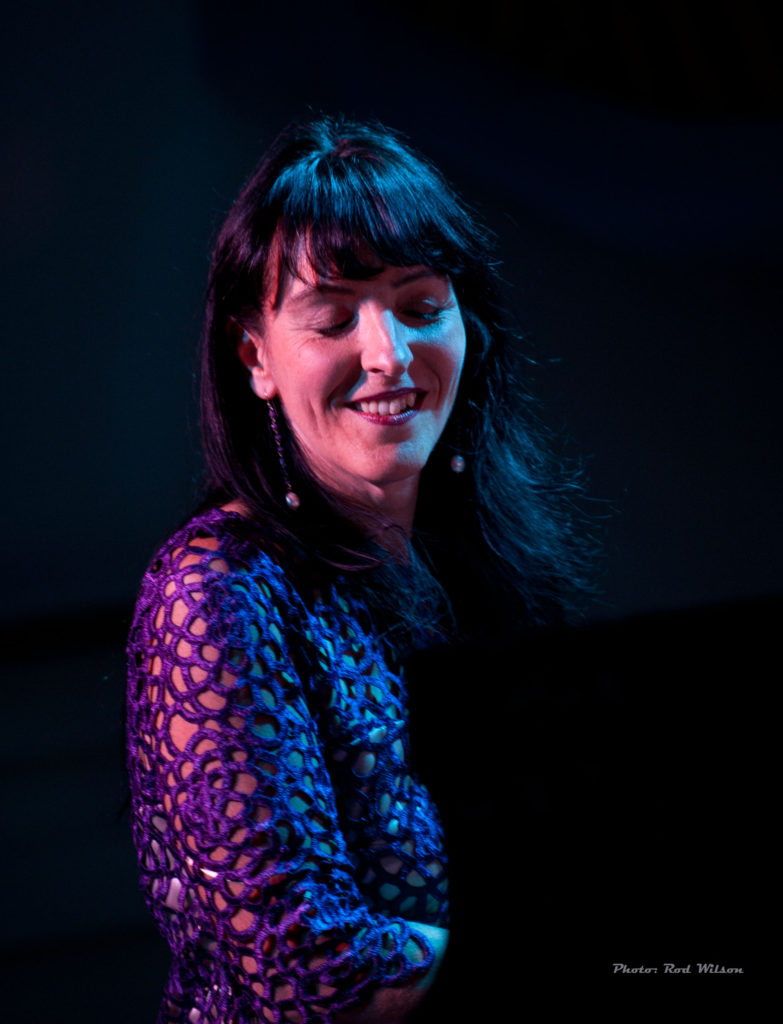
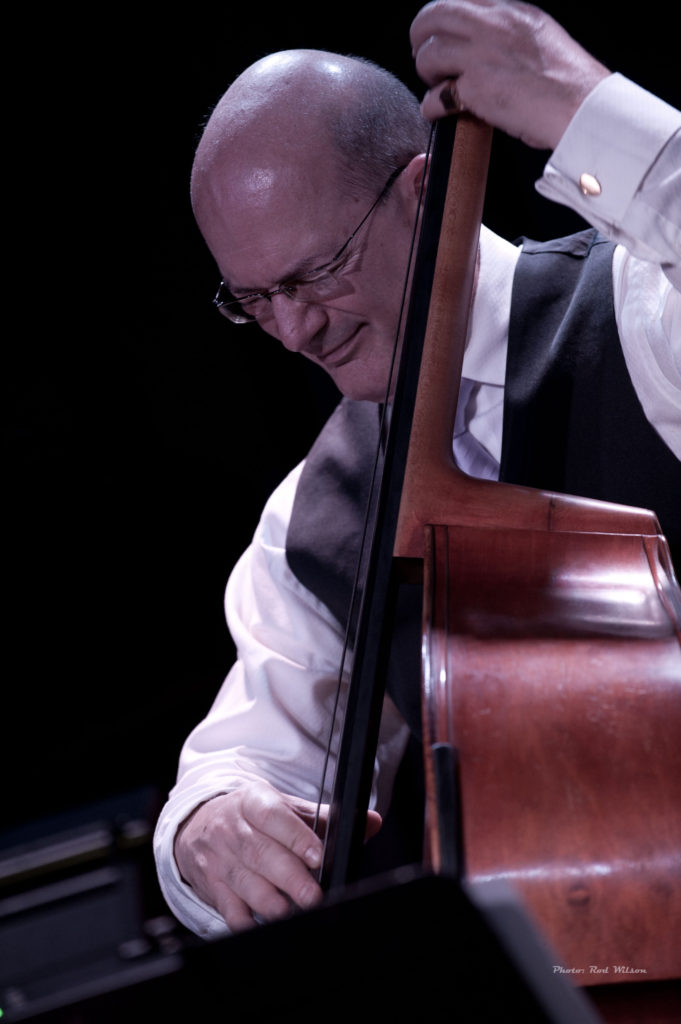
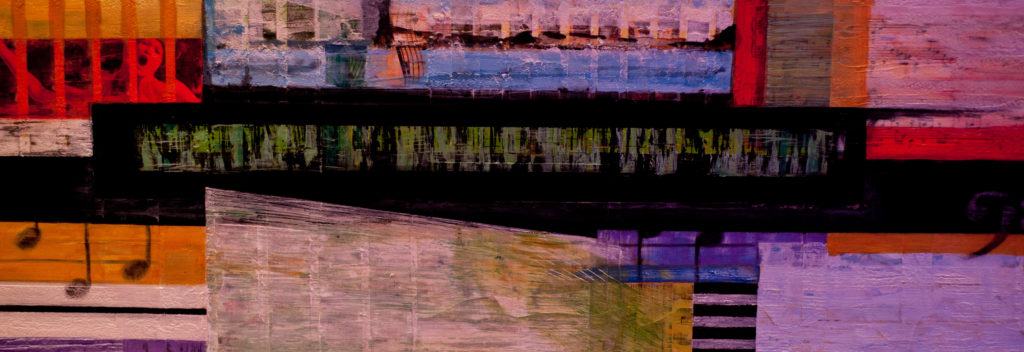

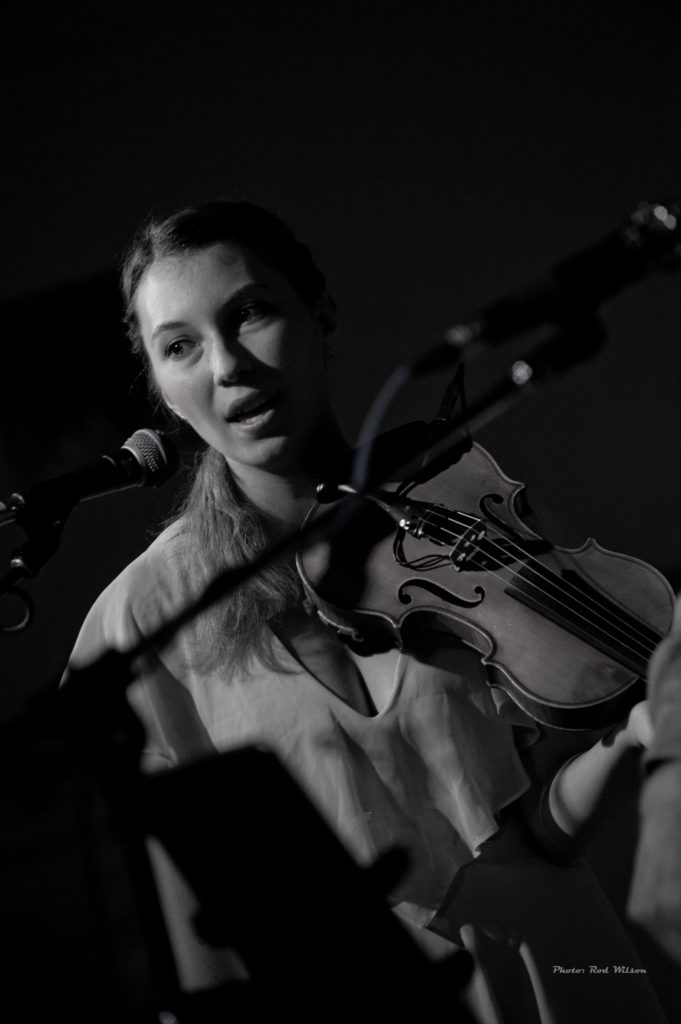 instrumental music they did throw in a few vocals. Aurora did a fine job on the classic highland ballad Wild Mountain Thyme (Will you go Lassie go), and Scarborough Fair. Jeff lead the audience in a soulful version of There is more Love Somewhere. What was missing from the evening was Jeff’s version of the classic Maritime song Song of the Mira ……. maybe next time. There was TV Music – The Theme from Dr Who; film music – The Curse of the Black Crow from Pirates of the Caribbean and a rip roaring version of Amy Cann’s the Catharsis Reel. Aurora and Jeff are very much front and centre in the music but they would not be as successful as they are with out Rob Fahie providing the solid bass parts and the outstanding drumming of Ben Johnson. I have a personal dislike of drummers performing in Celtic bands. I feel they are trying too hard to tap into the pop culture ethos and as a result the music suffers. Drummers always have a tendency to play way too loud without any sensitivity or thought to musical dynamics. Ben is not like that. He is more like a percussionist searching for the right textures to enhance the music. Way to go Ben!. The band finished the evening with an encore version of The Ashokan Farewell from the Ken Burns PBS documentary on the American Civil War. For some unknown reason the light during the performances was a little “dodgy” never-the-less here are some more images from the evening.
instrumental music they did throw in a few vocals. Aurora did a fine job on the classic highland ballad Wild Mountain Thyme (Will you go Lassie go), and Scarborough Fair. Jeff lead the audience in a soulful version of There is more Love Somewhere. What was missing from the evening was Jeff’s version of the classic Maritime song Song of the Mira ……. maybe next time. There was TV Music – The Theme from Dr Who; film music – The Curse of the Black Crow from Pirates of the Caribbean and a rip roaring version of Amy Cann’s the Catharsis Reel. Aurora and Jeff are very much front and centre in the music but they would not be as successful as they are with out Rob Fahie providing the solid bass parts and the outstanding drumming of Ben Johnson. I have a personal dislike of drummers performing in Celtic bands. I feel they are trying too hard to tap into the pop culture ethos and as a result the music suffers. Drummers always have a tendency to play way too loud without any sensitivity or thought to musical dynamics. Ben is not like that. He is more like a percussionist searching for the right textures to enhance the music. Way to go Ben!. The band finished the evening with an encore version of The Ashokan Farewell from the Ken Burns PBS documentary on the American Civil War. For some unknown reason the light during the performances was a little “dodgy” never-the-less here are some more images from the evening.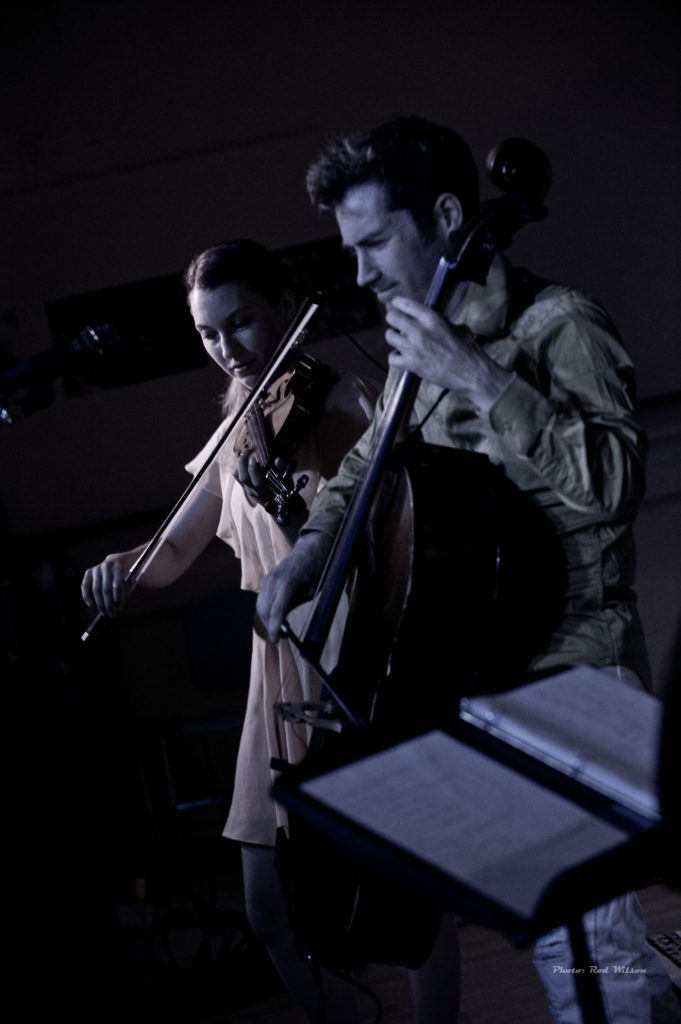


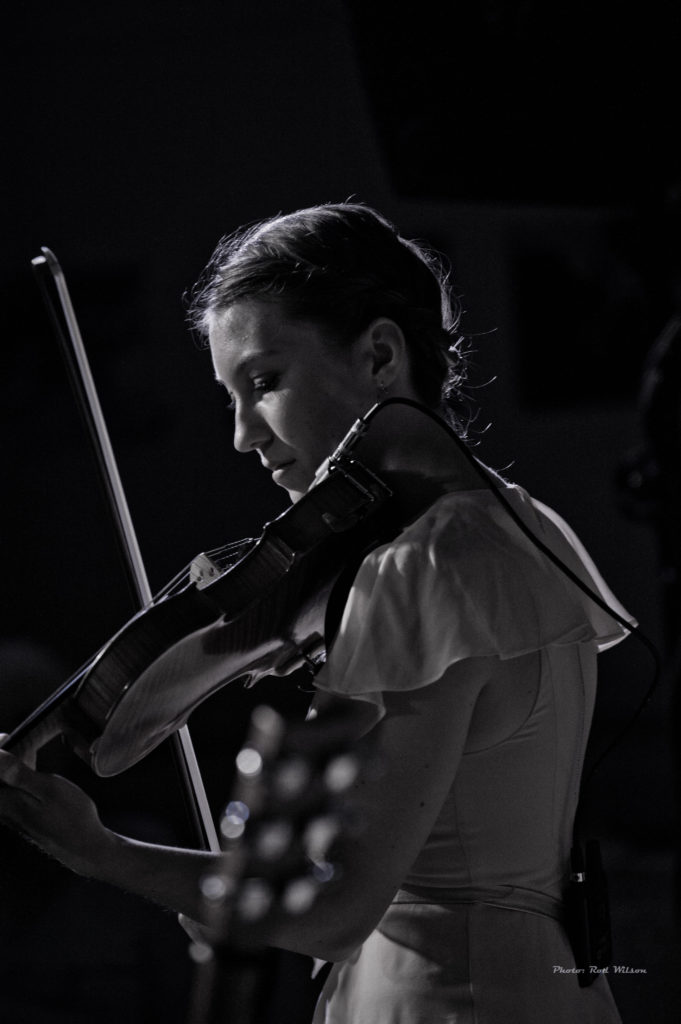



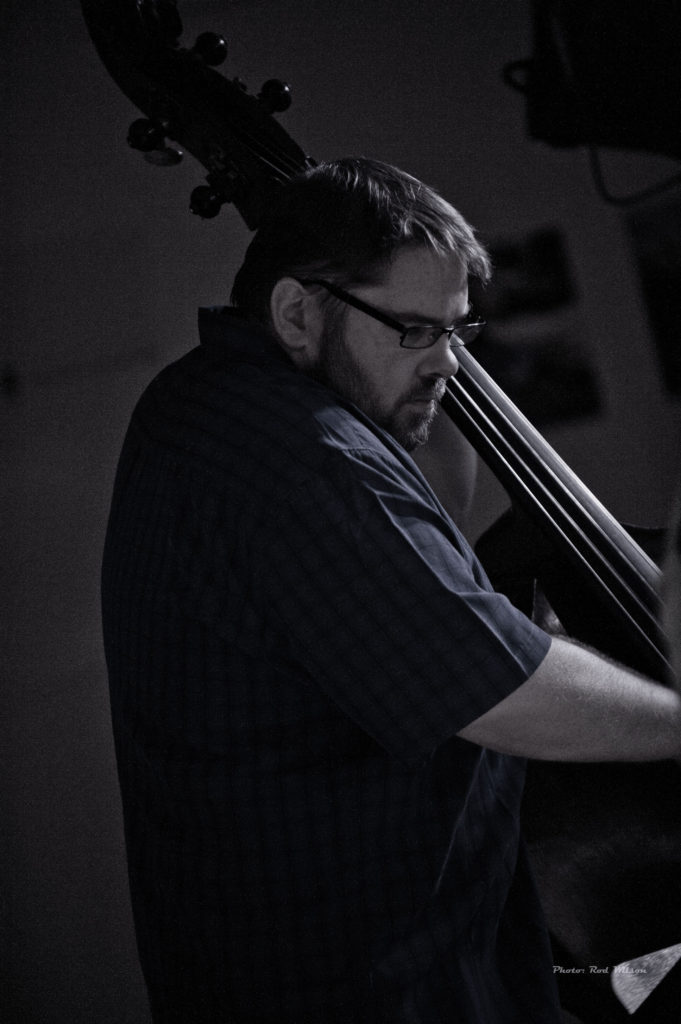
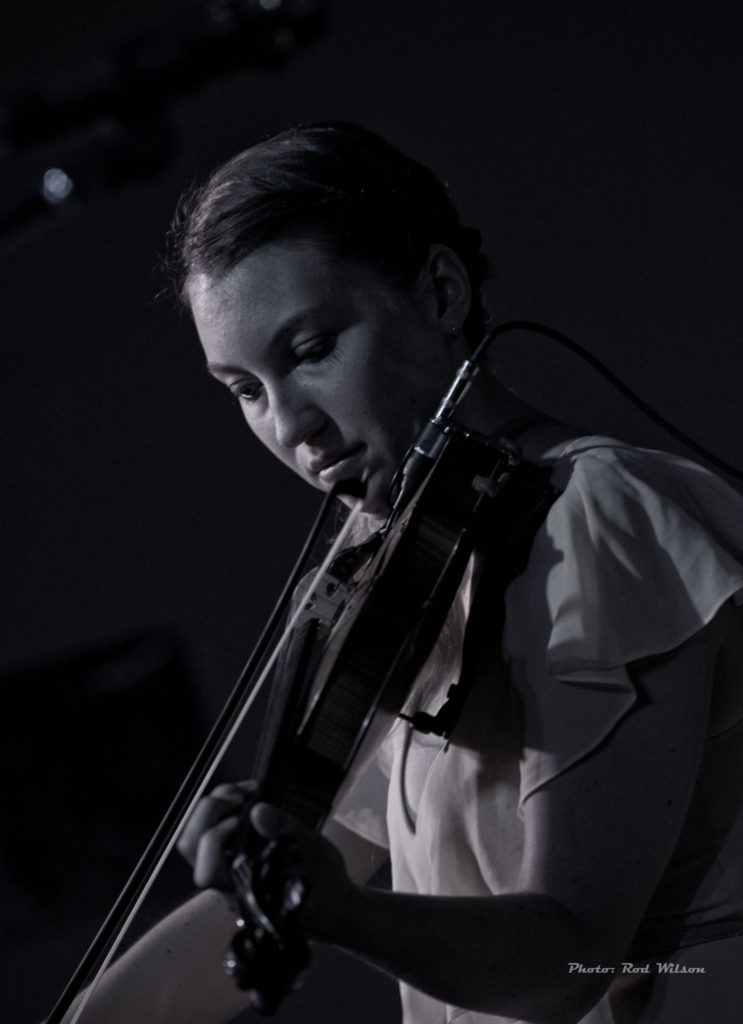

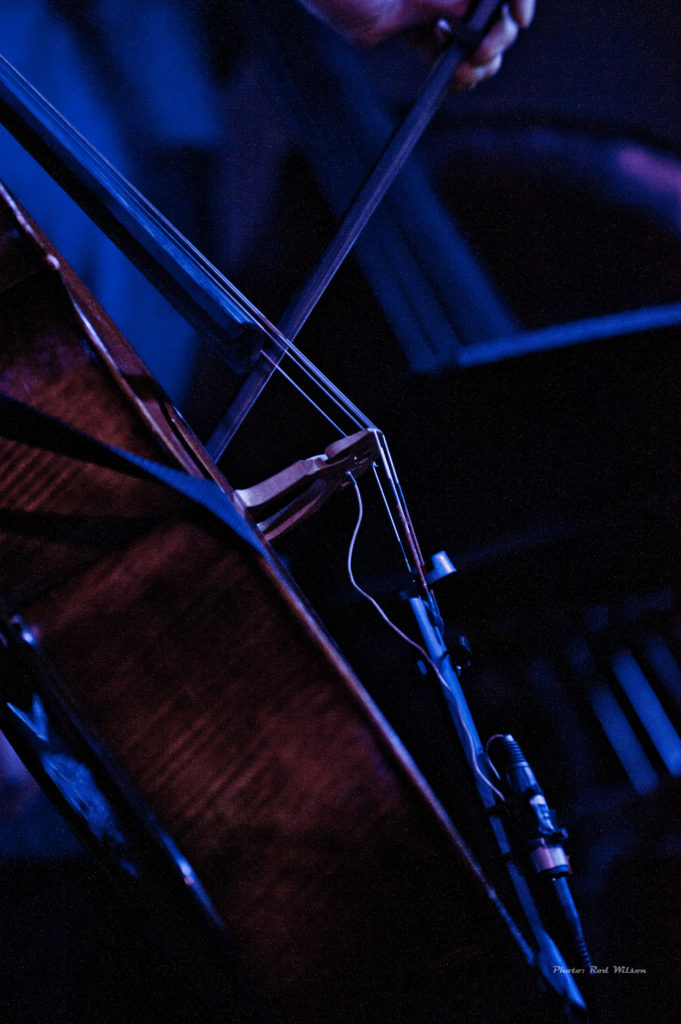

 For most people the idea of Classical Music usually means symphony orchestras, opulent concert halls, musicians in formal attire and patrons dressed to impress. It doesn’t necessarily follow that the symphony is the be all and and end all of classical music. The great virtuoso violinist Yehudi Menuhin, no stranger to large orchestras and concert halls, is reputed to have expressed the notion “that the true essence and application of music is to be found in chamber music”. If there is any doubt to that concept one has only to spend time with The Selkirk Trio. A couple of hours with Sue Gould (piano), Nicola Everton (clarinet) and Jeff Faragher (Cello) and you should become a true believer in chamber music. Over the years I have attended at least three concerts of the trio and each time I am impressed with their program selection, their technical virtuosity and their musicality. The strength of the trio, and chamber music in general, is the lack of filters. There is no sound re-enforcement to get in the way and distort the true sound of the instruments. The musical arena for chamber concerts tends to be human scale with the audience and the musicians all within hand reach of each other. The nuances of musical dynamics and shading are right there in and around the audience. The trio kicked off the concert with the Cuban classical composer and jazz musician Paquito D’Rivera’s Afro. Jeff doubled on Djembe to provide some authentic
For most people the idea of Classical Music usually means symphony orchestras, opulent concert halls, musicians in formal attire and patrons dressed to impress. It doesn’t necessarily follow that the symphony is the be all and and end all of classical music. The great virtuoso violinist Yehudi Menuhin, no stranger to large orchestras and concert halls, is reputed to have expressed the notion “that the true essence and application of music is to be found in chamber music”. If there is any doubt to that concept one has only to spend time with The Selkirk Trio. A couple of hours with Sue Gould (piano), Nicola Everton (clarinet) and Jeff Faragher (Cello) and you should become a true believer in chamber music. Over the years I have attended at least three concerts of the trio and each time I am impressed with their program selection, their technical virtuosity and their musicality. The strength of the trio, and chamber music in general, is the lack of filters. There is no sound re-enforcement to get in the way and distort the true sound of the instruments. The musical arena for chamber concerts tends to be human scale with the audience and the musicians all within hand reach of each other. The nuances of musical dynamics and shading are right there in and around the audience. The trio kicked off the concert with the Cuban classical composer and jazz musician Paquito D’Rivera’s Afro. Jeff doubled on Djembe to provide some authentic  atmosphere. This was followed by Ludwig Van Beethoven’s Trio in B Flat Major, Opus 11, the second movement. My favorite item in the trio’s program is the 7 Balkan Dances by the Croatian composer Marko Tajčević. Nicola obviously revels in these short but intricate pieces that bounce around the essentially odd rhythmic elements of Balkan music. I have tried to find a recording of these particular pieces but so far I have not been successful. I only think it fair to suggest that the trio needs to record them at some future date.
atmosphere. This was followed by Ludwig Van Beethoven’s Trio in B Flat Major, Opus 11, the second movement. My favorite item in the trio’s program is the 7 Balkan Dances by the Croatian composer Marko Tajčević. Nicola obviously revels in these short but intricate pieces that bounce around the essentially odd rhythmic elements of Balkan music. I have tried to find a recording of these particular pieces but so far I have not been successful. I only think it fair to suggest that the trio needs to record them at some future date.











